
Carter Jonas continually monitors the planning and development landscape across local authorities to locate and manage opportunities. This quarterly news bulletin provides insight and analysis of the current development climate for clusters of local authorities within the home counties. This quarter we look at East Sussex and Kent.
10 minute read

SIGN UP TO RECEIVE OUR PLANNING & DEVELOPMENT RESEARCH AND ARTICLES


The current (second) instalment of the Government’s Housing Delivery Test (HDT) was published in February 2020.
JANUARY 2021
East Sussex and Kent

Local Plan position and 5-year housing supply

Housing Delivery Test data

Development drivers

Life after Brexit
6 local authorities within East Sussex
This map illustrates local authorities individual Local Plan positions and their 5-year housing supply
5-year housing supply >
Rother
Lewes
Hastings
Eastbourne
B
E
H
L
R
All local authorities in East Sussex delivered under their housing requirement. Four LPAs (Brighton, Hastings, Rother, and Wealden) are required to apply a 20% buffer to their 5-year housing supply in order to make up for historical under-delivery – with Hastings, Rother and Wealden all at early stage of the plan-making process. Lewes is required to publish an action plan to analyse the reasons for under-delivery and how these can be addressed (the 93% score is a vast improvement on its previous score of 50% in 2018). Eastbourne has a score so low that an automatic trigger of the presumption in favour of sustainable development is appropriate on applications for housing development.
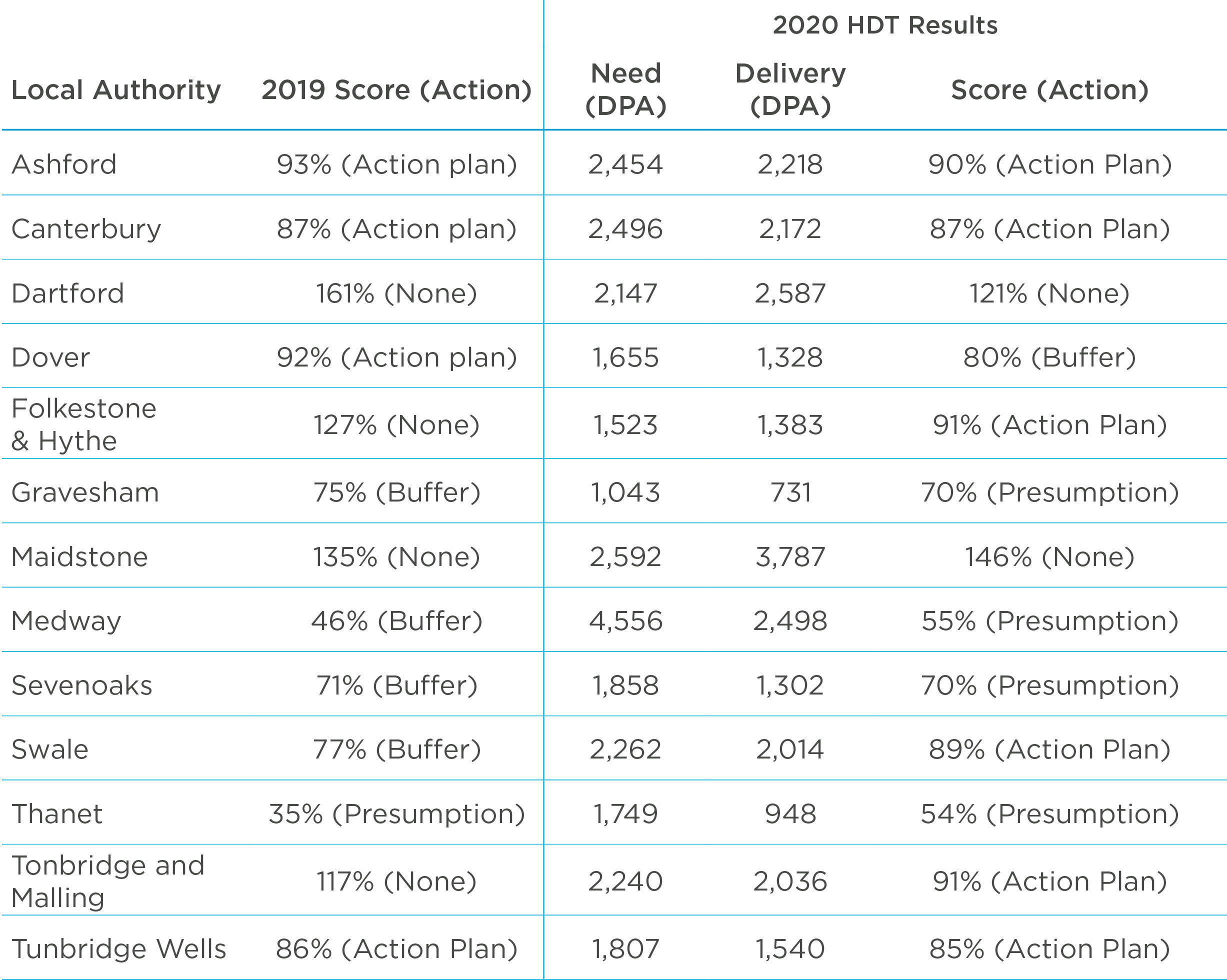
In Kent, four LPAs (Dartford, Folkestone & Hythe, Maidstone, Tonbridge, and Malling) recorded delivering more than their expected housing requirement and are therefore not subject to action. A further four LPAs (Ashford, Canterbury, Dover, and Tunbridge Wells) are required to publish an action plan, and another four LPAs (Gravesham, Medway, Sevenoaks, and Swale) are required to apply a 20% buffer to their 5-year housing land supply. Thanet is subject to the presumption in favour of sustainable development .
This will be just the third road crossing east of London. Works are anticipated to start in mid-2022, with completion forecast for 2027/2028
Highways England submitted a Development Consent Order (DCO) application to the Planning Inspectorate on 23 October 2020 (reflecting the supplementary consultation in Winter 2020) with a decision on validation due by 20 November
The application was withdrawn on 20 November, prior to the Planning Inspectorate issuing a decision that they would not accept the application due to insufficient information




The development is planned to incorporate a leisure core which will include four hotels, retail, dining and entertainment uses, a conference/convention centre, a water park and eSports centre, various improvements to the local transport network, flood defence and drainage works, landscaping, and 500 dwellings for staff. It is expected to open in two phases, in 2024 and 2029, and will support 27,000 additional jobs – both on and off-site

The £3.5bn resort is proposed to be constructed on 465 hectares of the Swanscombe Peninsula – within the area of both Dartford and Gravesham Borough Councils

In March 2019, the Government committed £4.8m to exploratory work into the extension of Crossrail from Abbey Wood to Ebbsfleet via north Kent as part of the Thames Estuary Growth Commission. The project was included in the Mayor of London’s transport strategy, with estimations suggesting an extension could assist in the delivery of 55,000 new homes and 50,000 new jobs along the route into north Kent. Several stations from Abbey Wood to Hoo Junction were safeguarded in 2009

The Planning Inspectorate recommended refusal of the DCO but this was overruled in July 2020 by the transport minister based on the ‘significant’ economic and socioeconomic benefits from the development to Thanet and East Kent more widely

RiverOak Strategic Partnerships plan to reopen Manston Airport as part of a £300m project to create an air freight hub with some passenger services. The aim is to handle 10,000 air cargo movements a year by its sixth year, creating more than 23,000 jobs
Contact francis

contact francis

Contact the key contributors to this research:
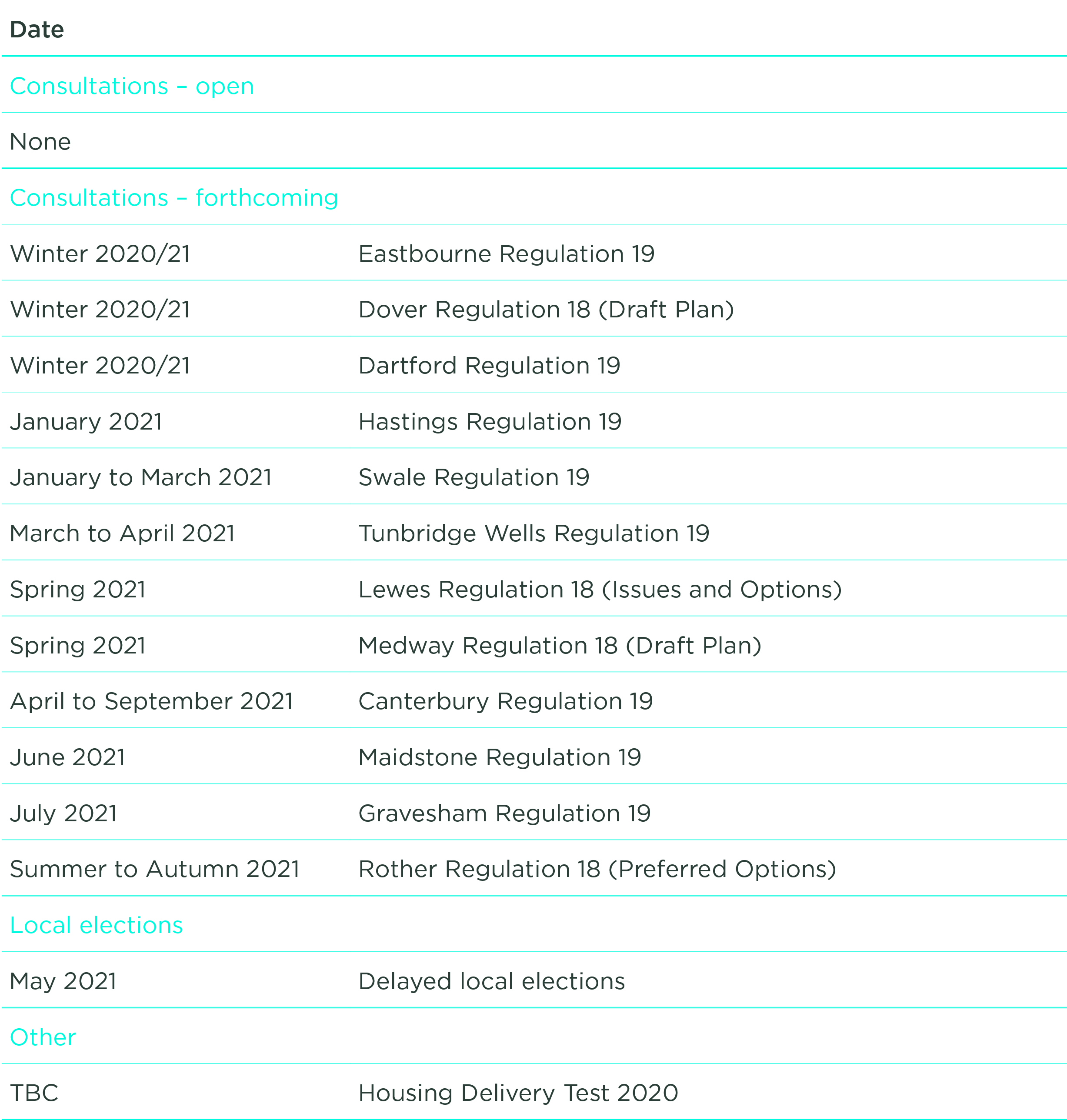


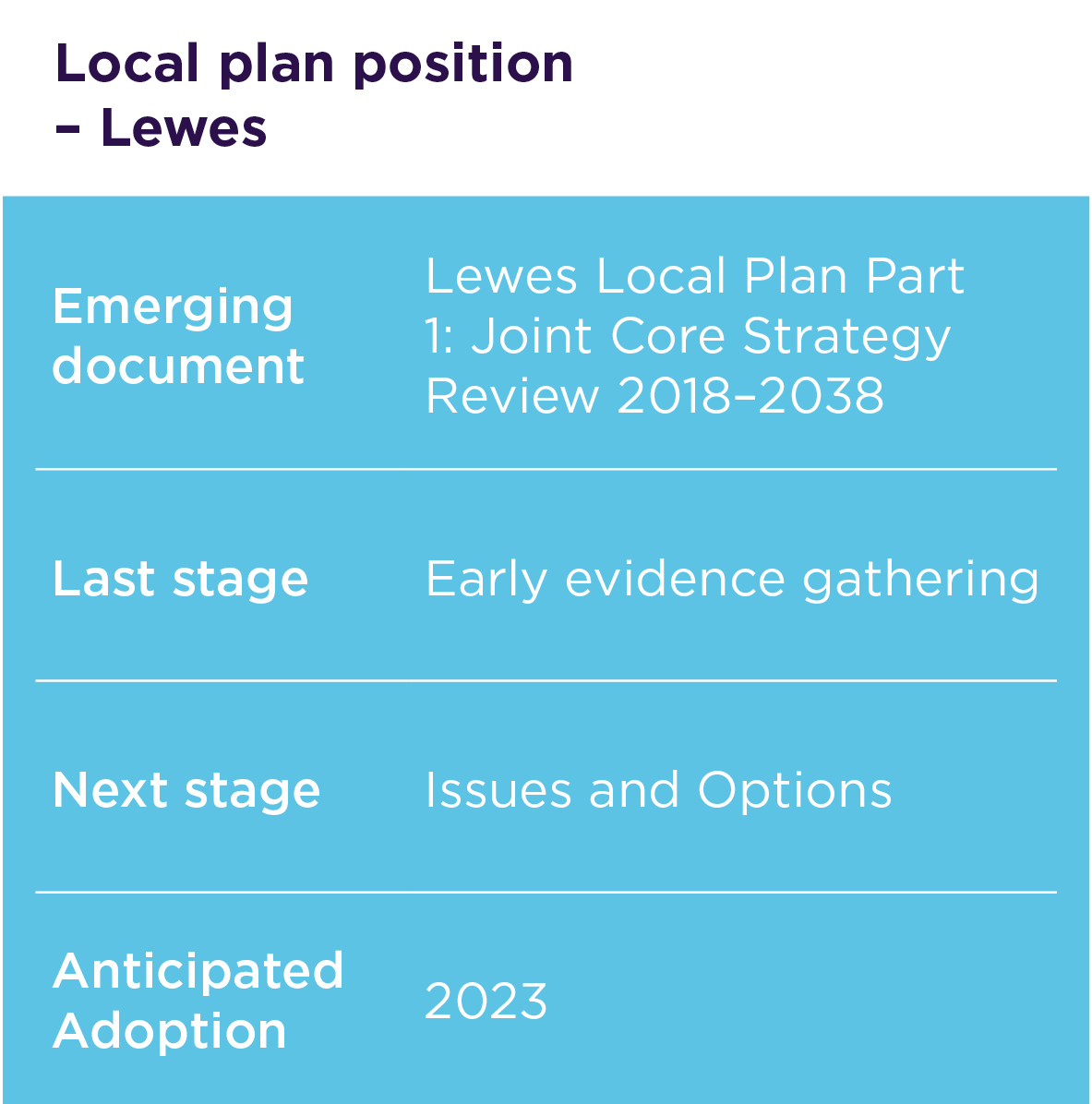
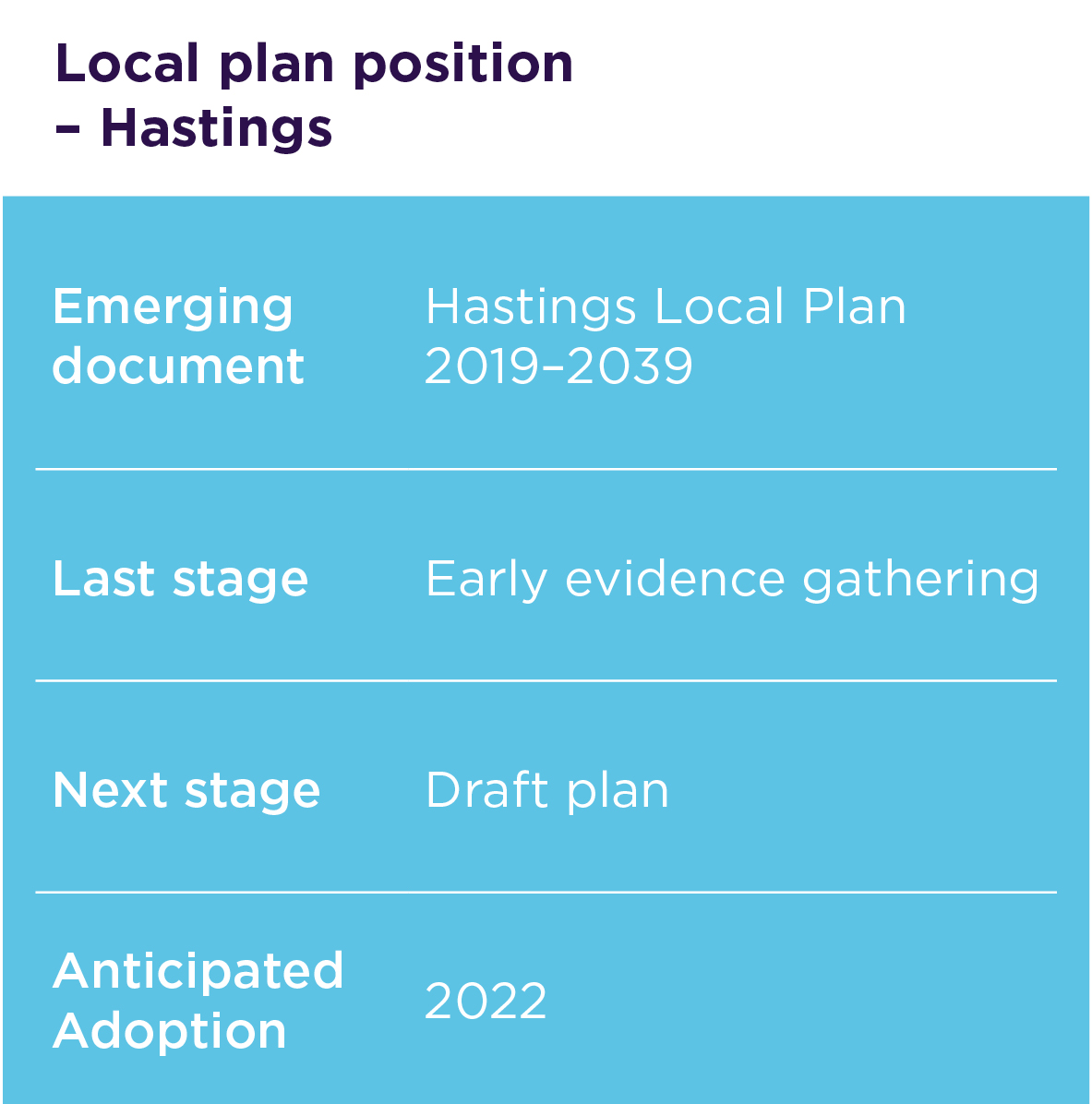
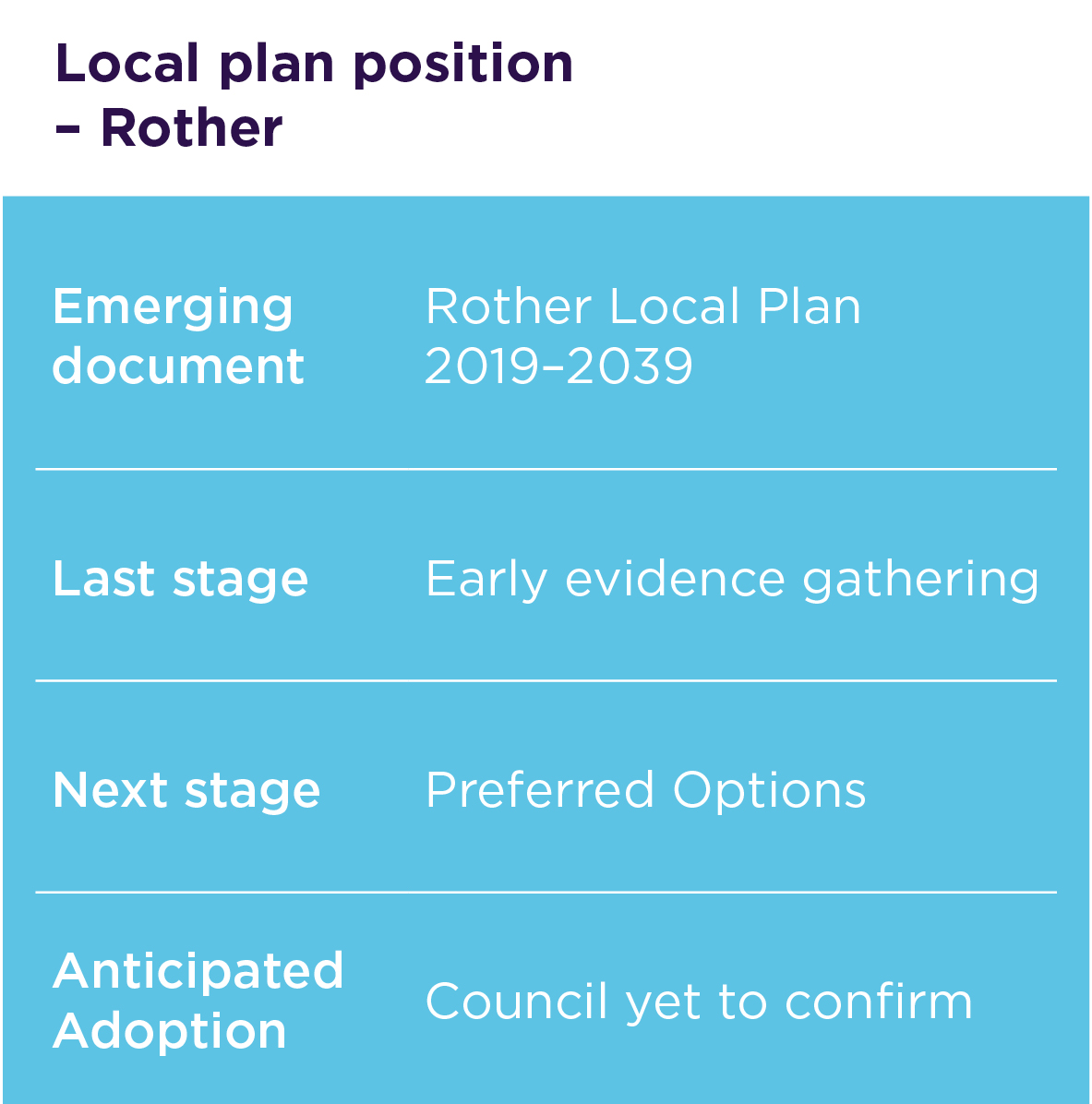
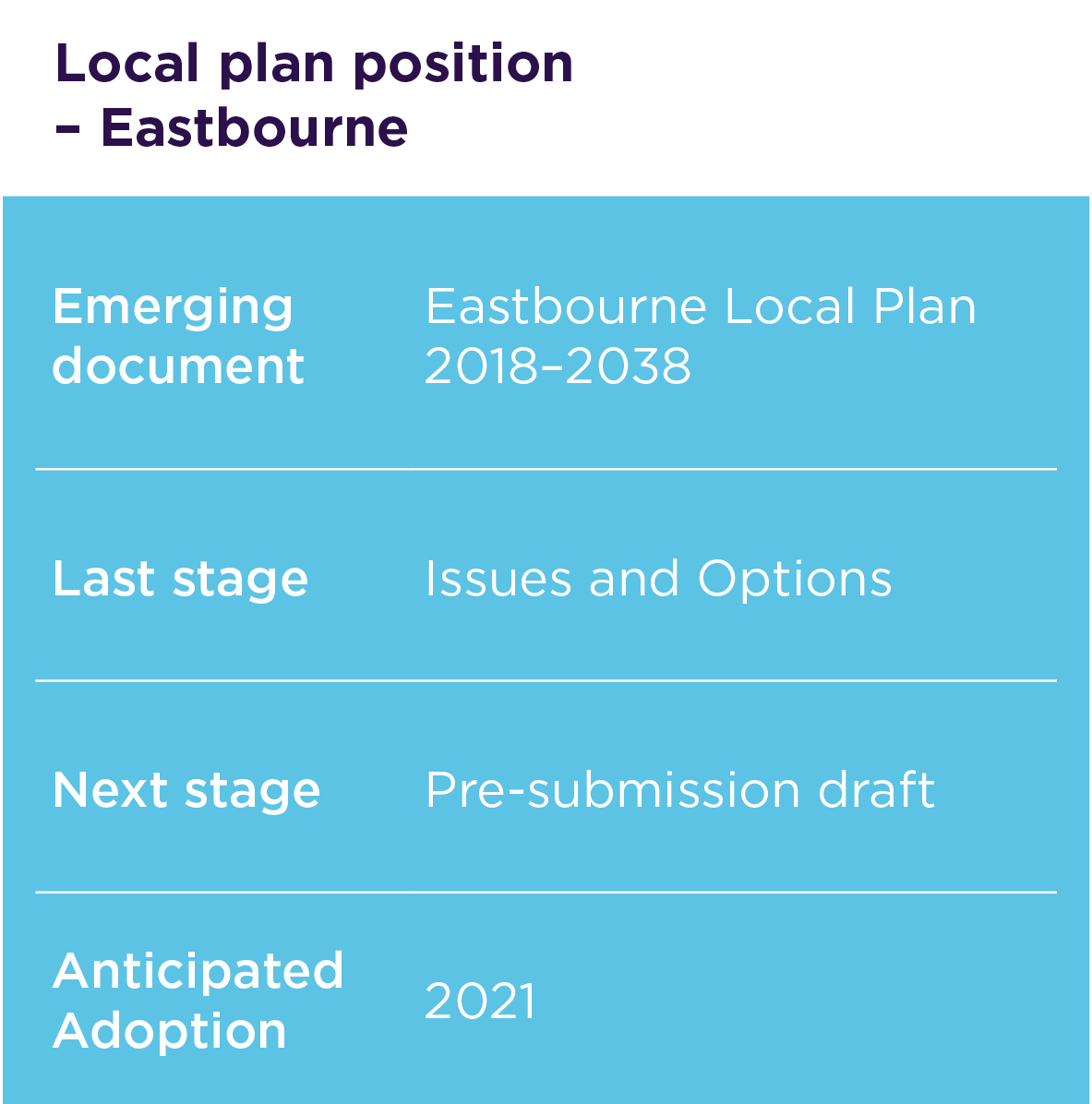
5-year housing supply >
Local Plan position >
5-year housing supply >
Local Plan position >
5-year housing supply >
Local Plan position >
5-year housing supply >
Local Plan position >
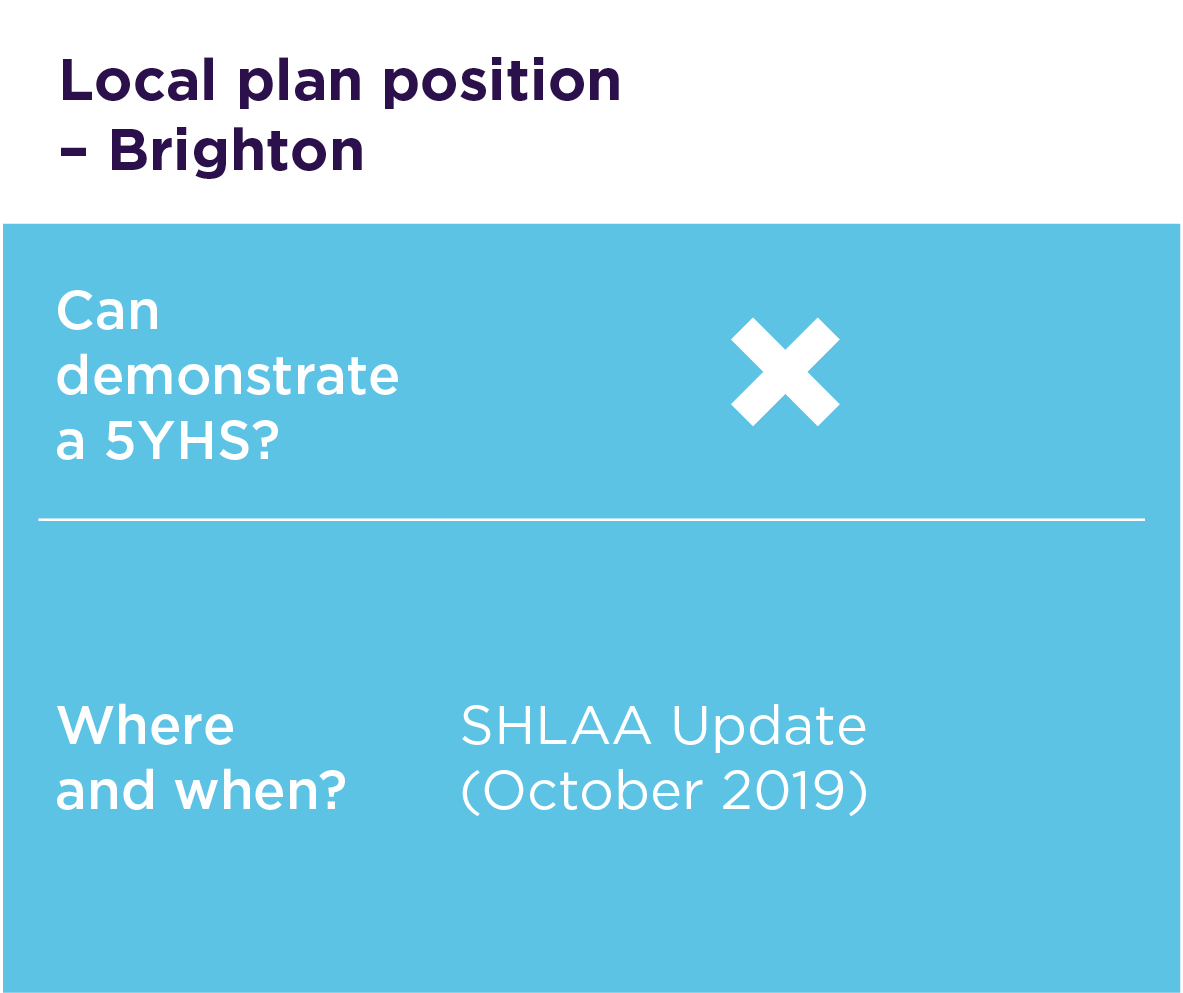
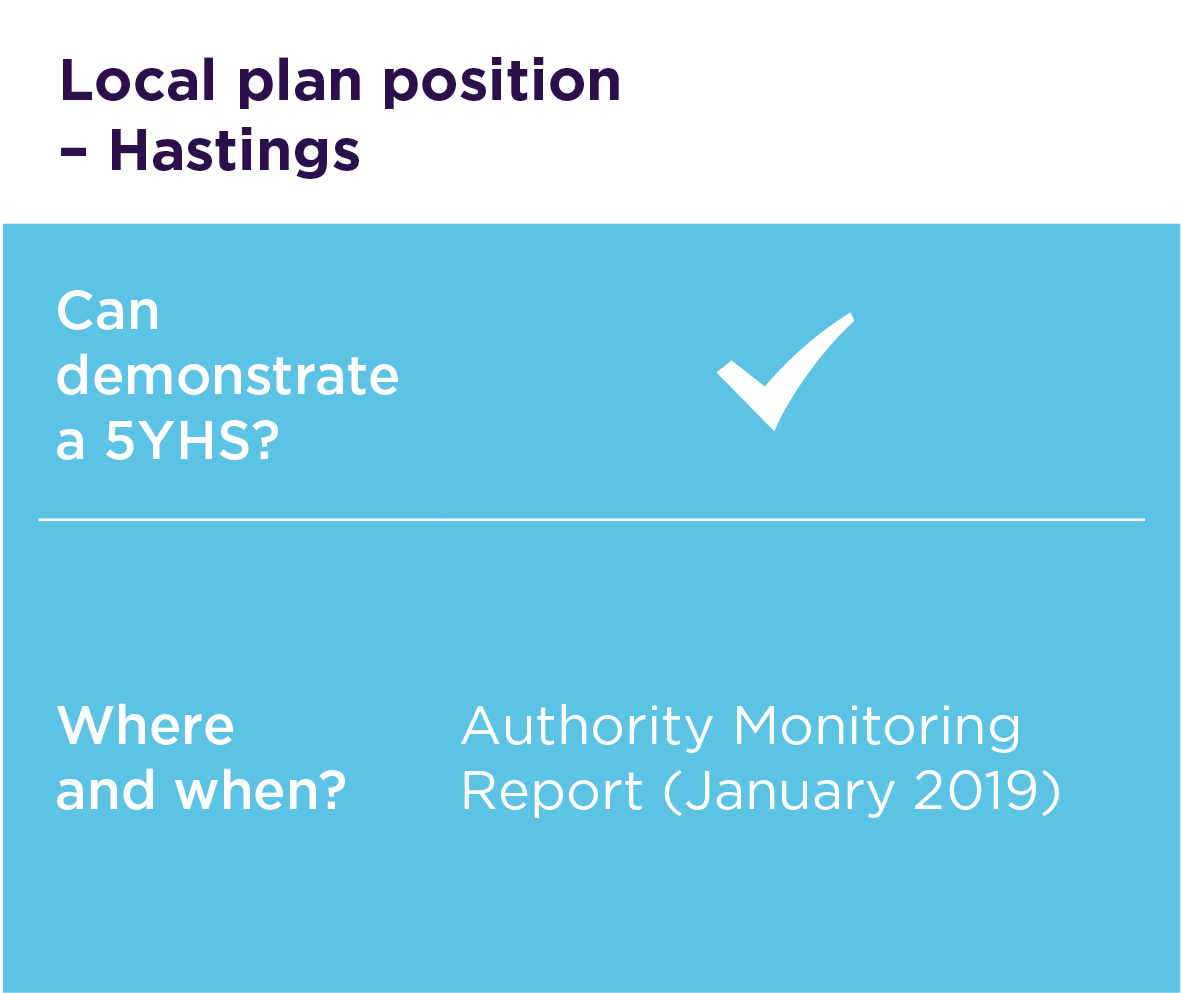
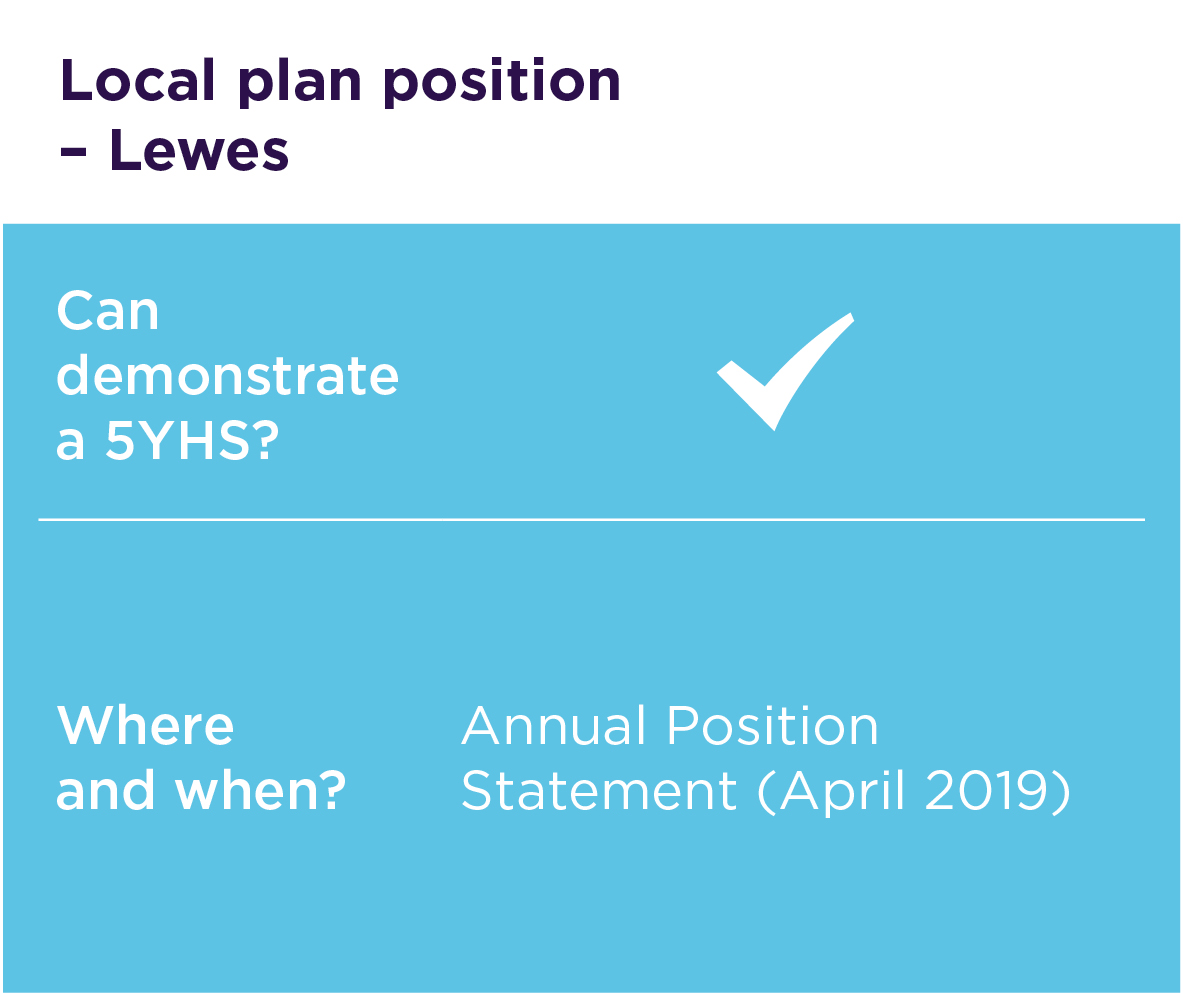
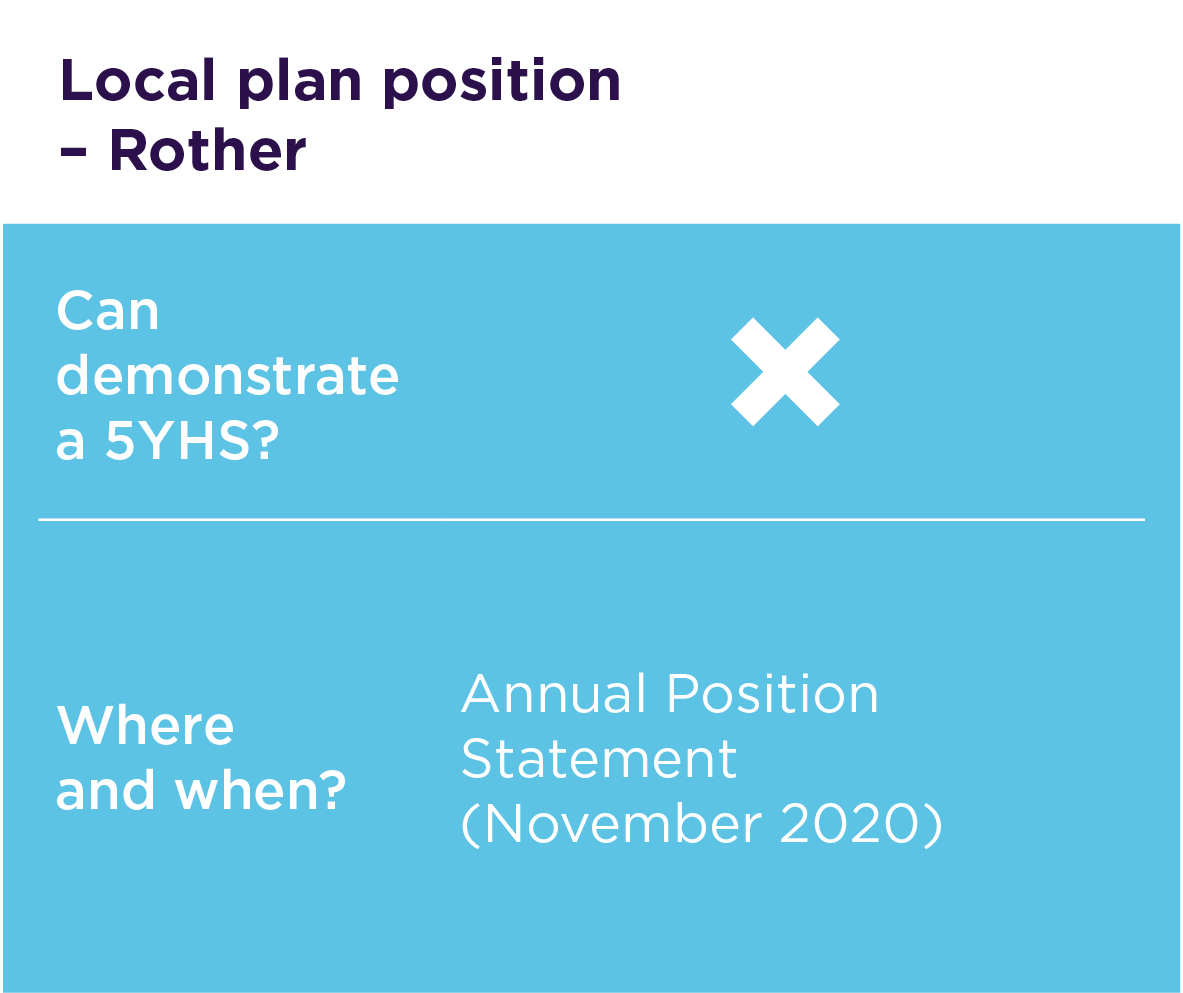

*Due to the outbreak of COVID-19 these provisional dates are subject to change.


explore the list for more information
Glossary

EMAIL DAVID
07866 794560
Partner, Planning
David Churchill

EMAIL FRANCIS
07787 282092
Partner, Strategic Land
Francis Truss
Our regional planning experts work out of five hubs, providing a truly national service for their clients:

EMAIL NICK
07584 681596
London
Nick Taylor

EMAIL EMMA
07973 505576
North
Emma Winter

EMAIL STEVEN
07970 796762
South and South West
Steven Sensecall

EMAIL COLIN
07771 924426
East
Colin Brown
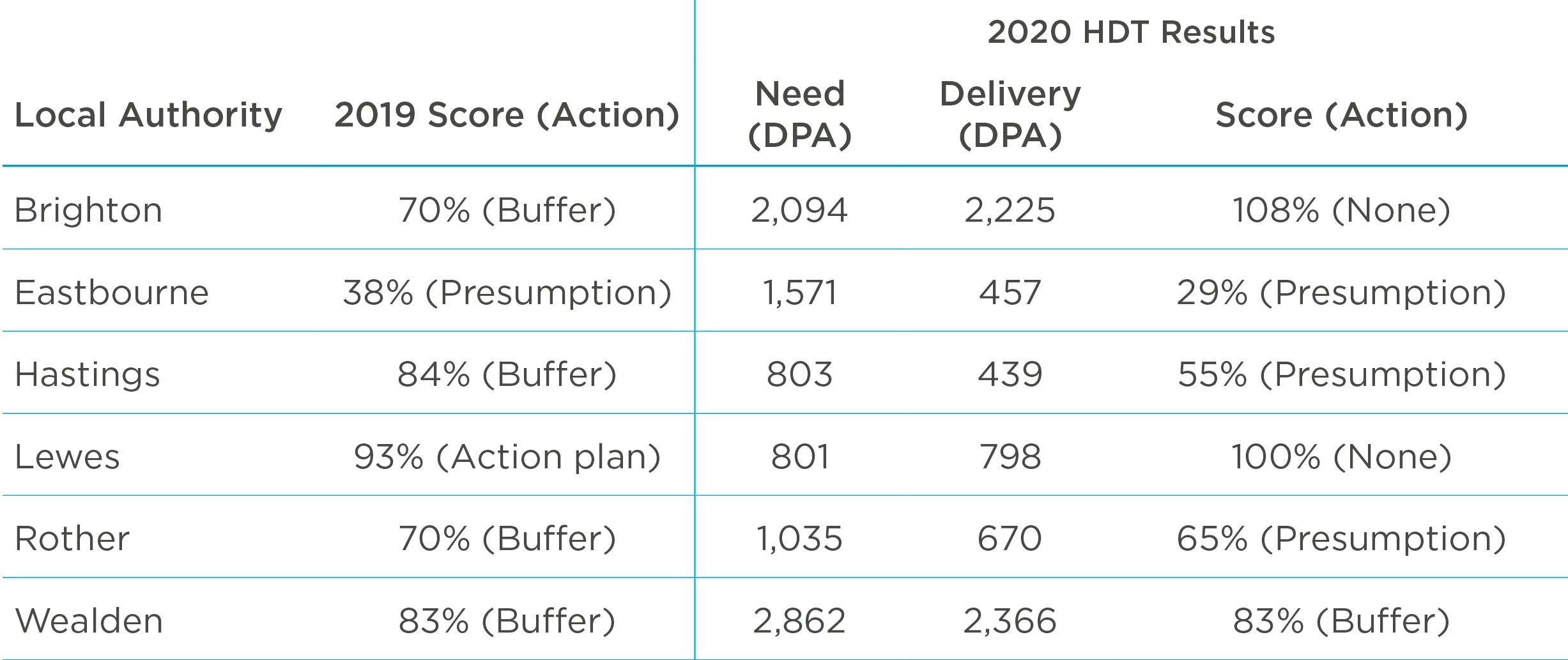

In September 2020, consultants Atkins and Jacobs were instructed to explore options for the new route. The study is being overseen by the Crossrail to Ebbsfleet Partnership – including Kent County Council, Gravesham and Dartford Borough Councils, Ebbsfleet Development Corporation, Thames Gateway Kent Partnership, the GLA and Network Rail

Tonbridge & Malling
T&M
5-year housing supply >
Local Plan position >
Thanet
T
5-year housing supply >
Local Plan position >
Swale
SW
5-year housing supply >
Local Plan position >
Sevenoaks
SE
5-year housing supply >
Local Plan position >
Medway
ME
5-year housing supply >
Local Plan position >
Folkestone & Hythe
F&H
5-year housing supply >
Local Plan position >
Dover
DO
5-year housing supply >
Local Plan position >
Dartford
DA
5-year housing supply >
Local Plan position >
Canterbury
C
5-year housing supply >
Local Plan position >
Ashford
A
5-year housing supply >
Local Plan position >
A

explore the list for more information
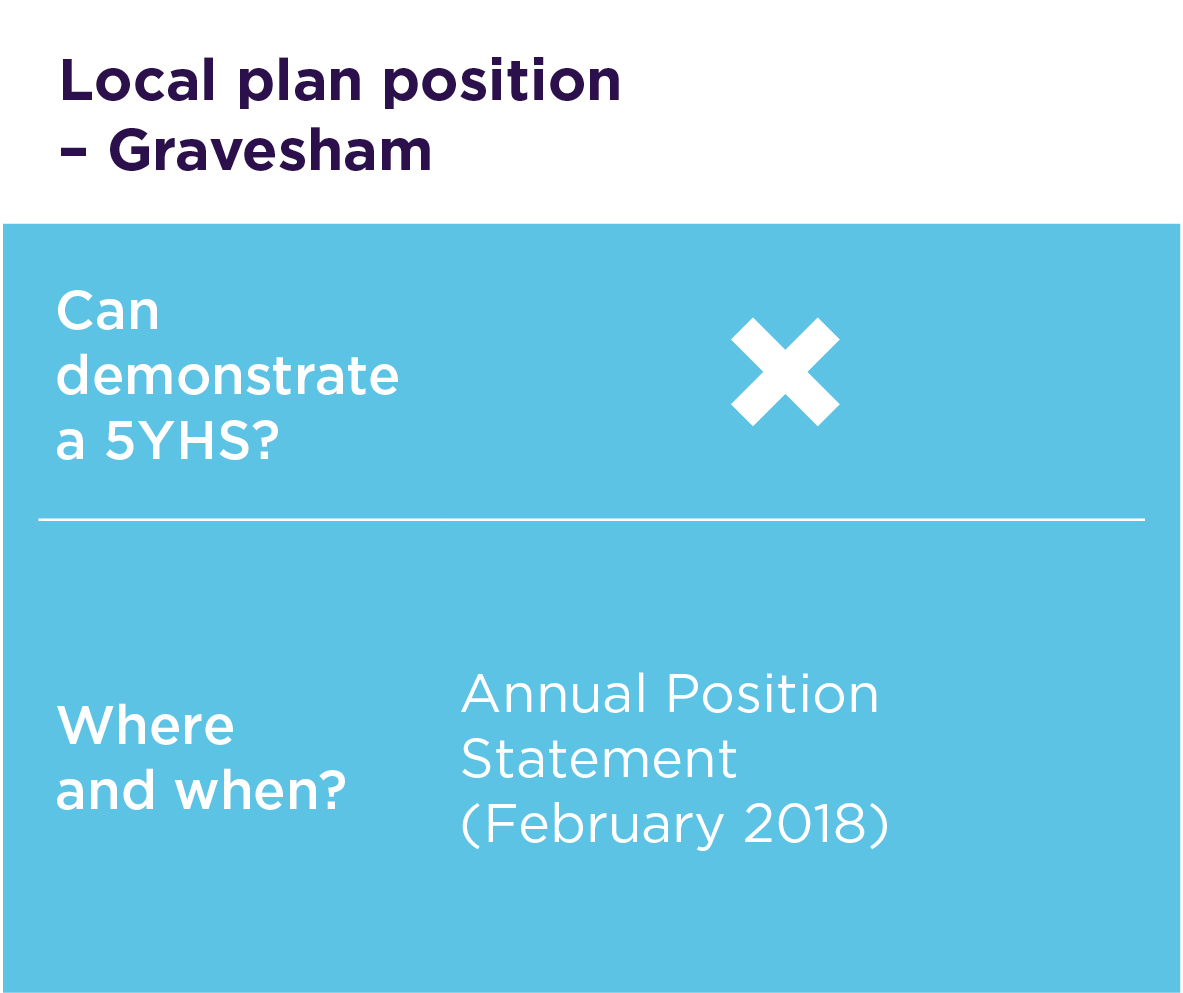
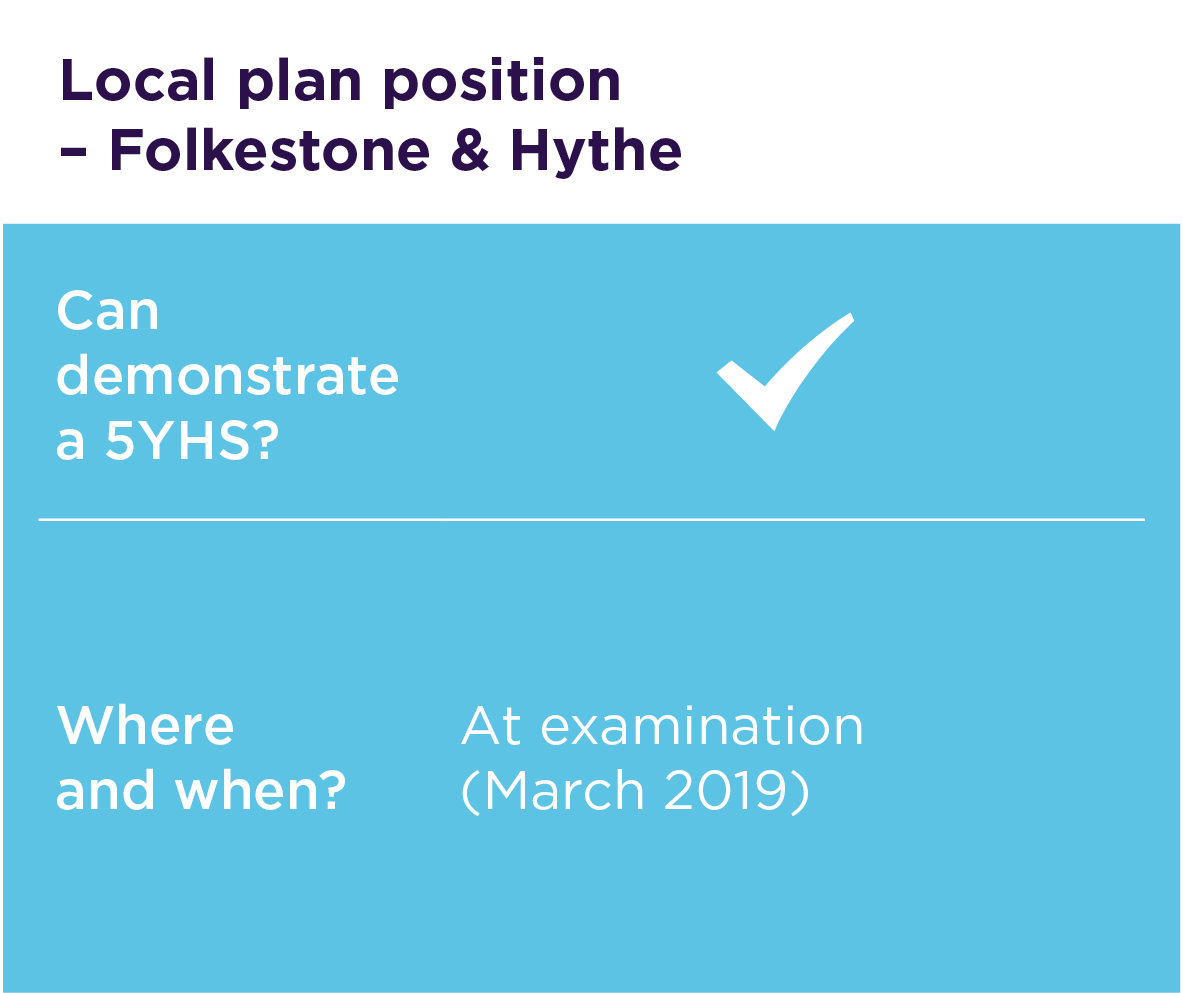
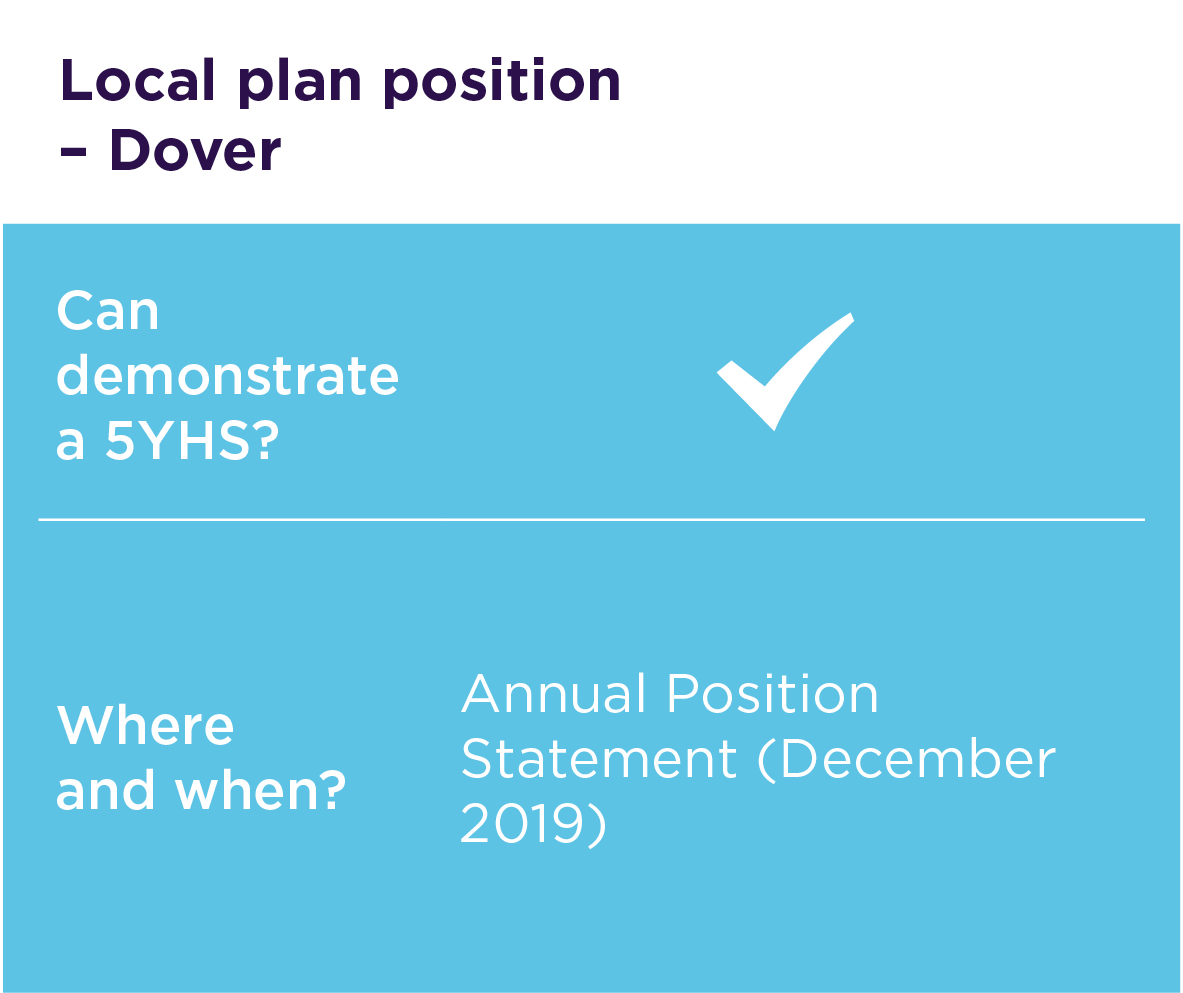
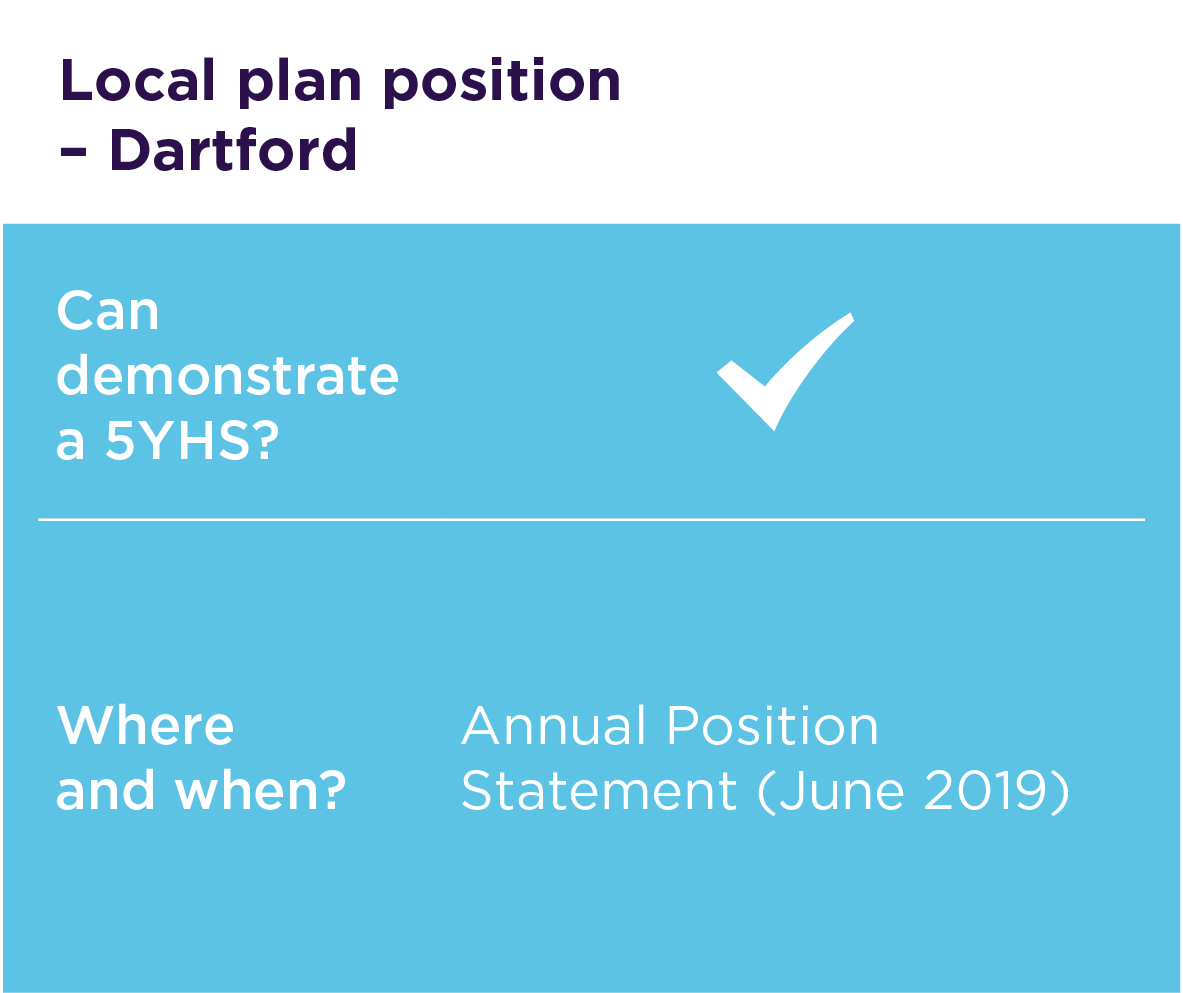
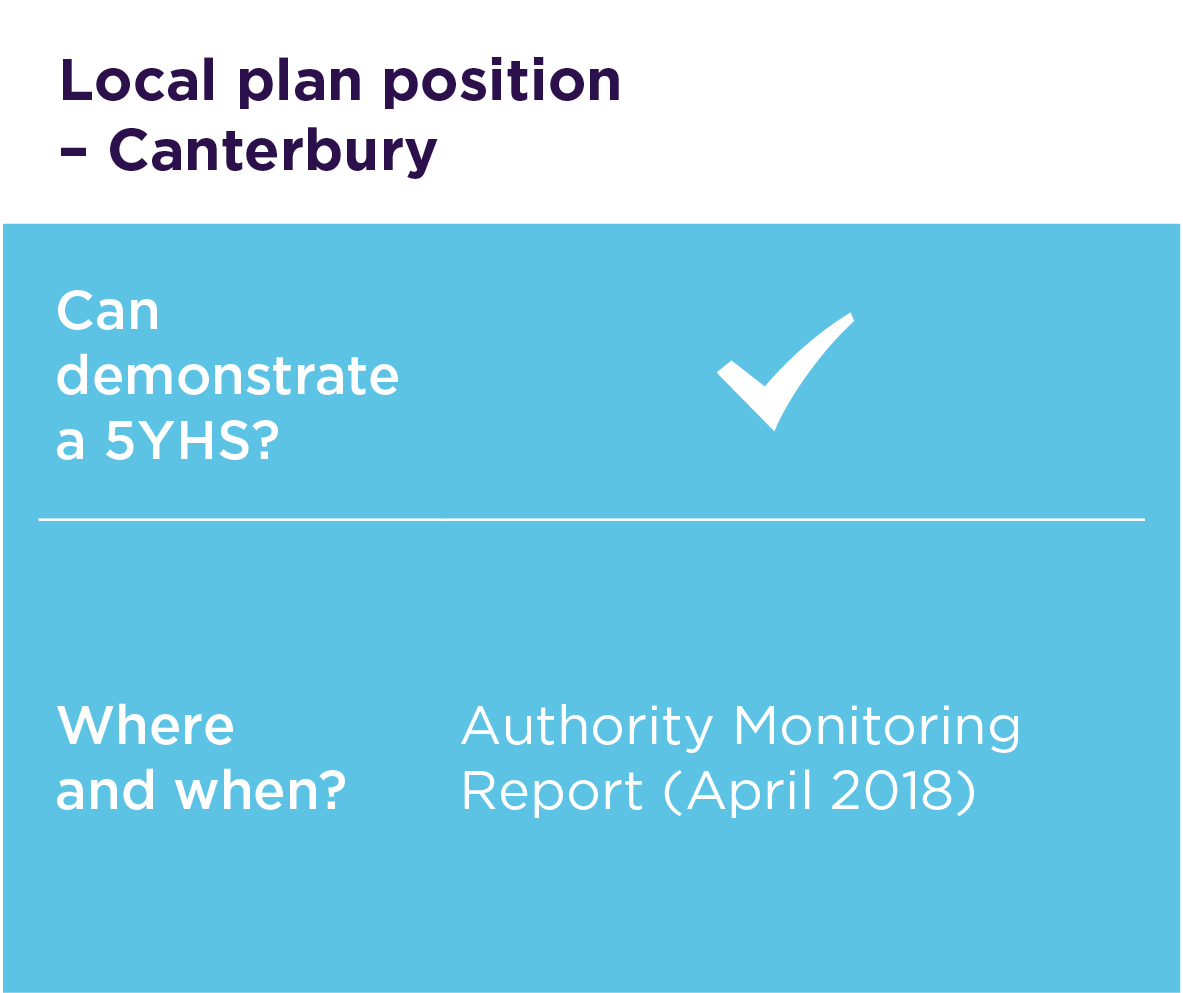
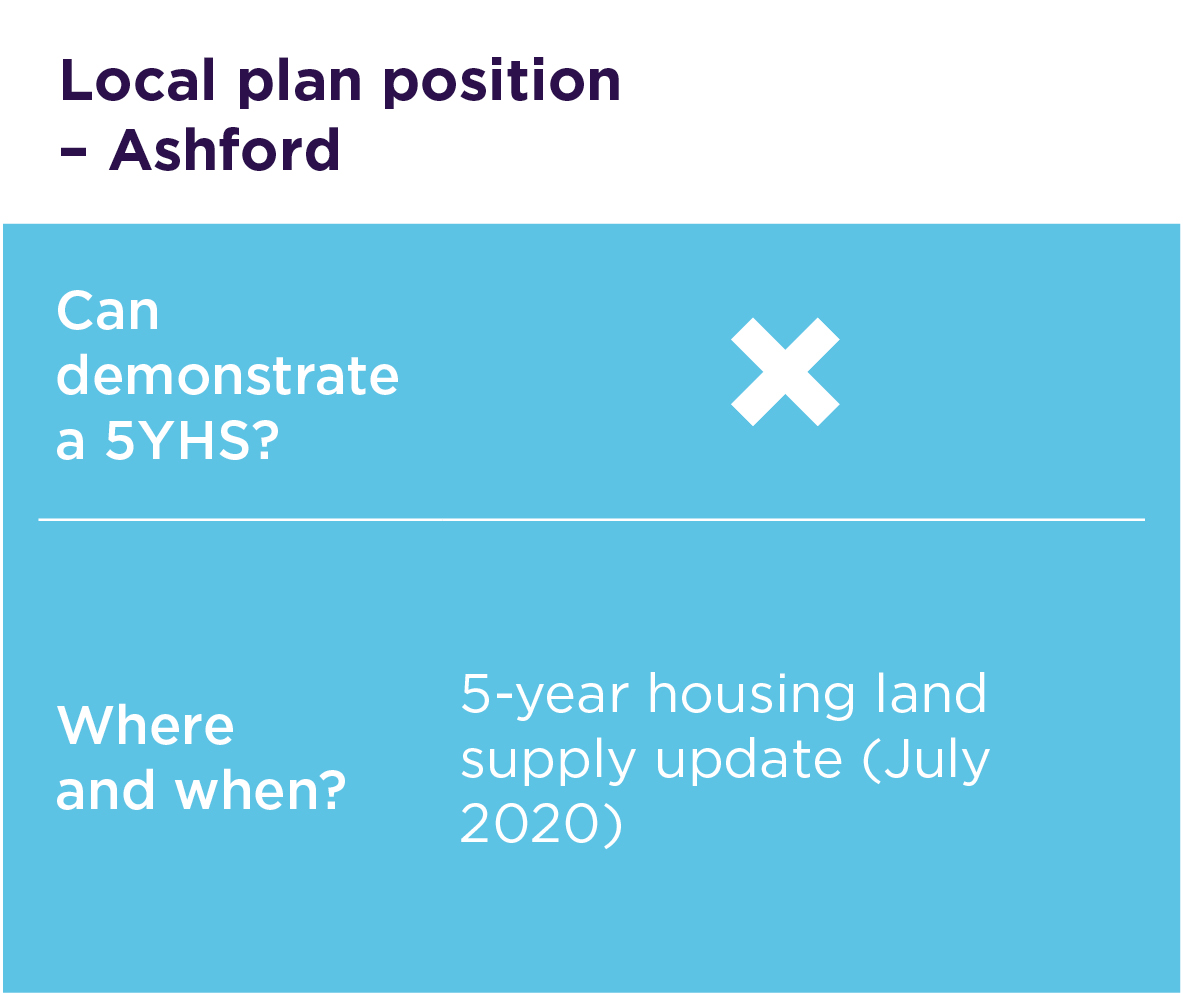
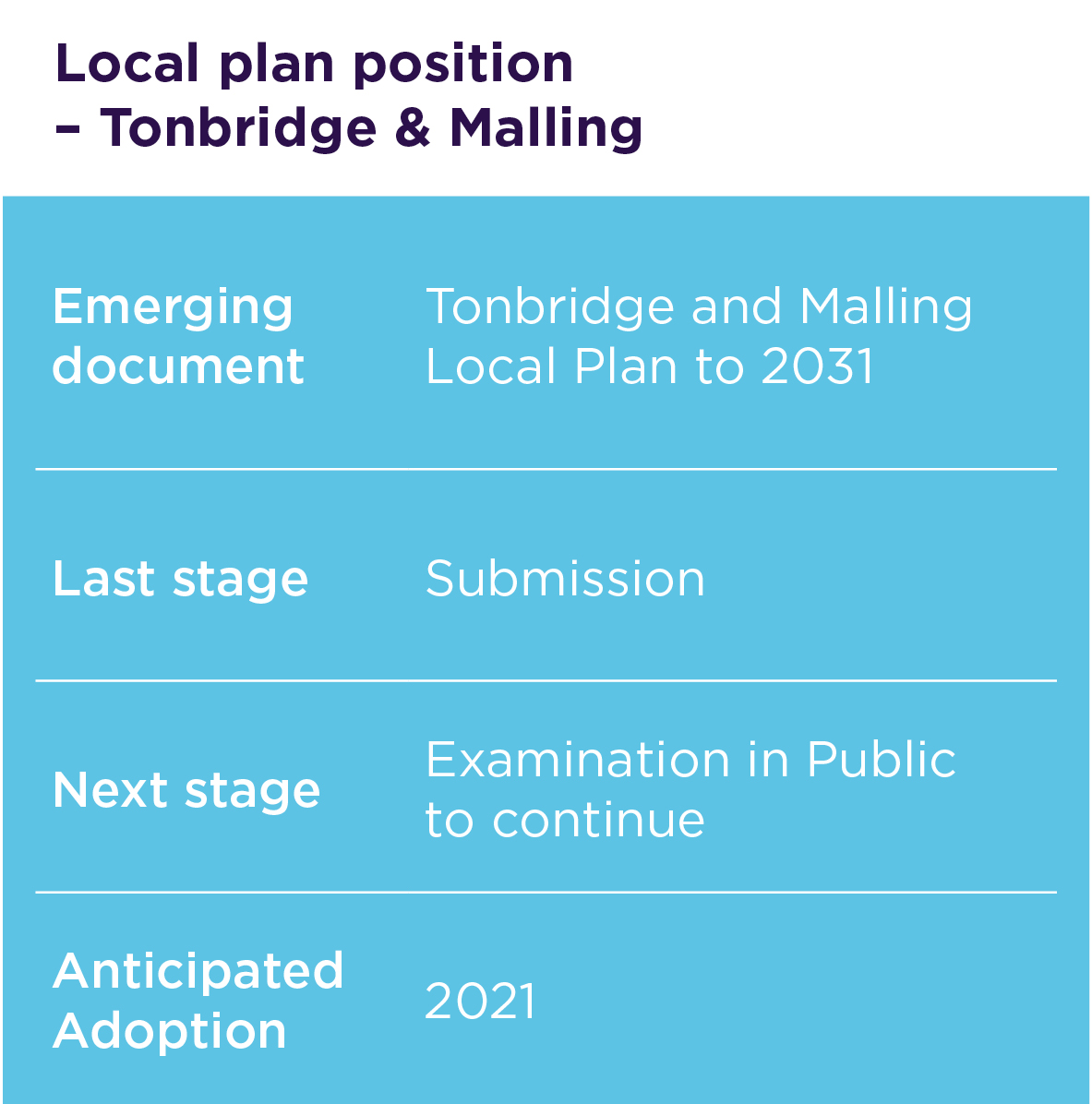

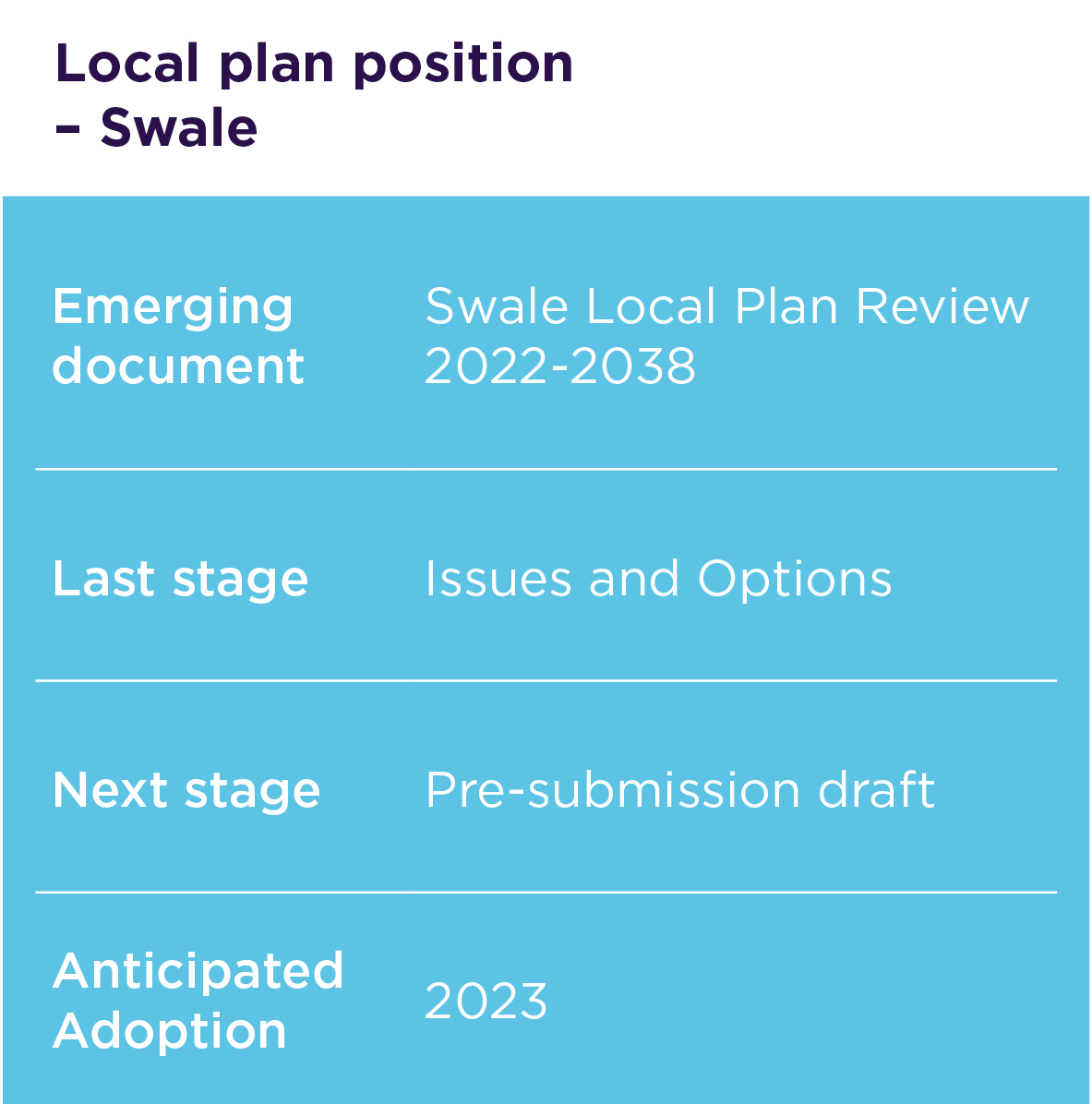
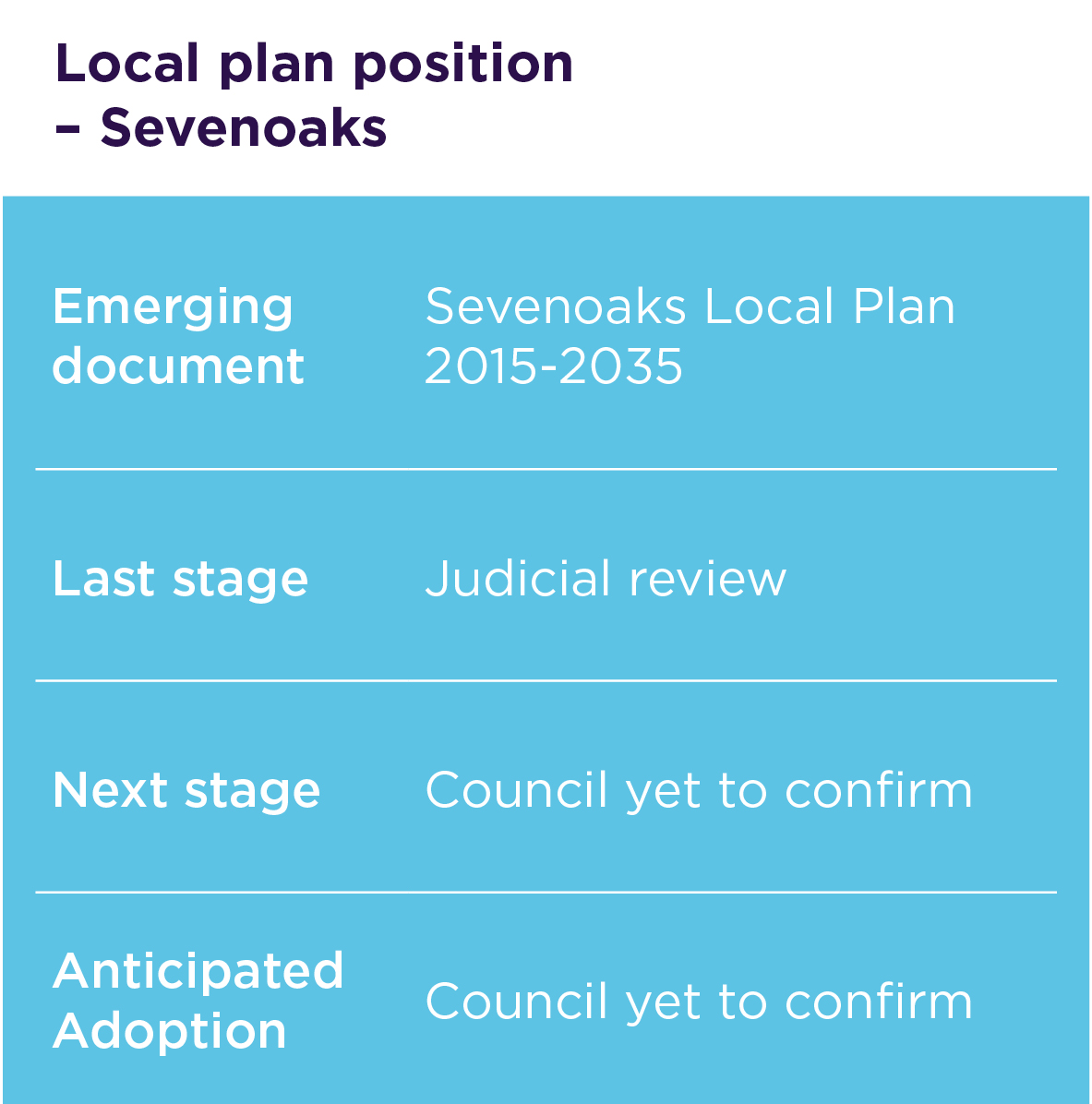
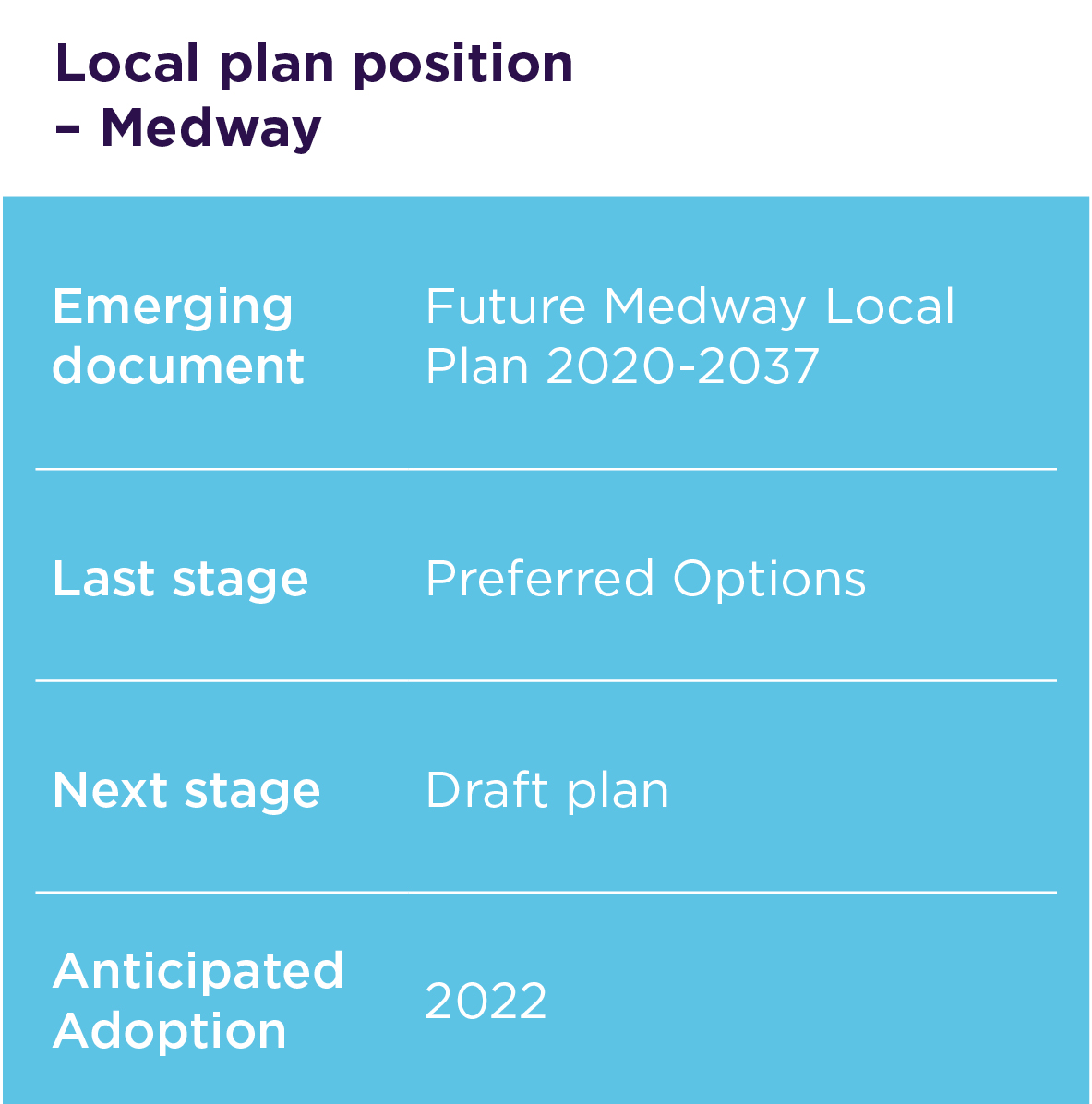
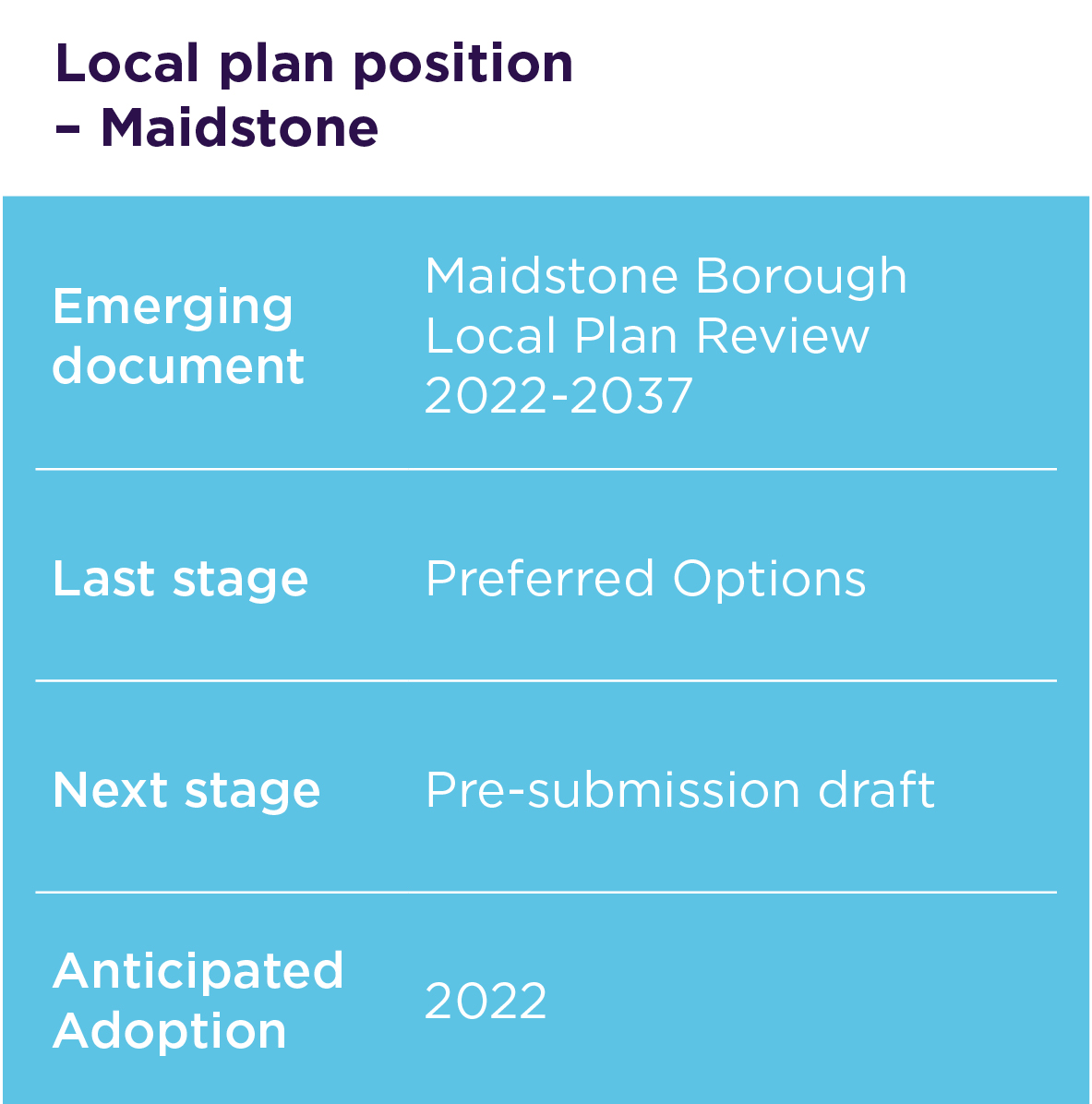
Glossary

Tunbridge Wells
TW
5-year housing supply >
Local Plan position >
Gravesham
G
5-year housing supply >
Local Plan position >
Now the UK has left the EU, how is life after Brexit affecting development on the ground? We look at how two government interventions are likely to impact strategic planning across the area.
As the ‘Gateway to Europe’, East Sussex and in particular Kent, are both sustained by their strategic proximity to the continent, strong presence within the transport and logistics sectors, and an abundance of vital trade infrastructure in and around the Dover Straits.
Parking, ports and planning for the future: Life after Brexit in East Sussex and Kent
View article


EMAIL robert
07771 898954
National Strategic Land
Robert Smith

EMAIL johnny
07557 428136
National Masterplanning
Johnny Clayton
Our national service specialists:

Critical calendar dates

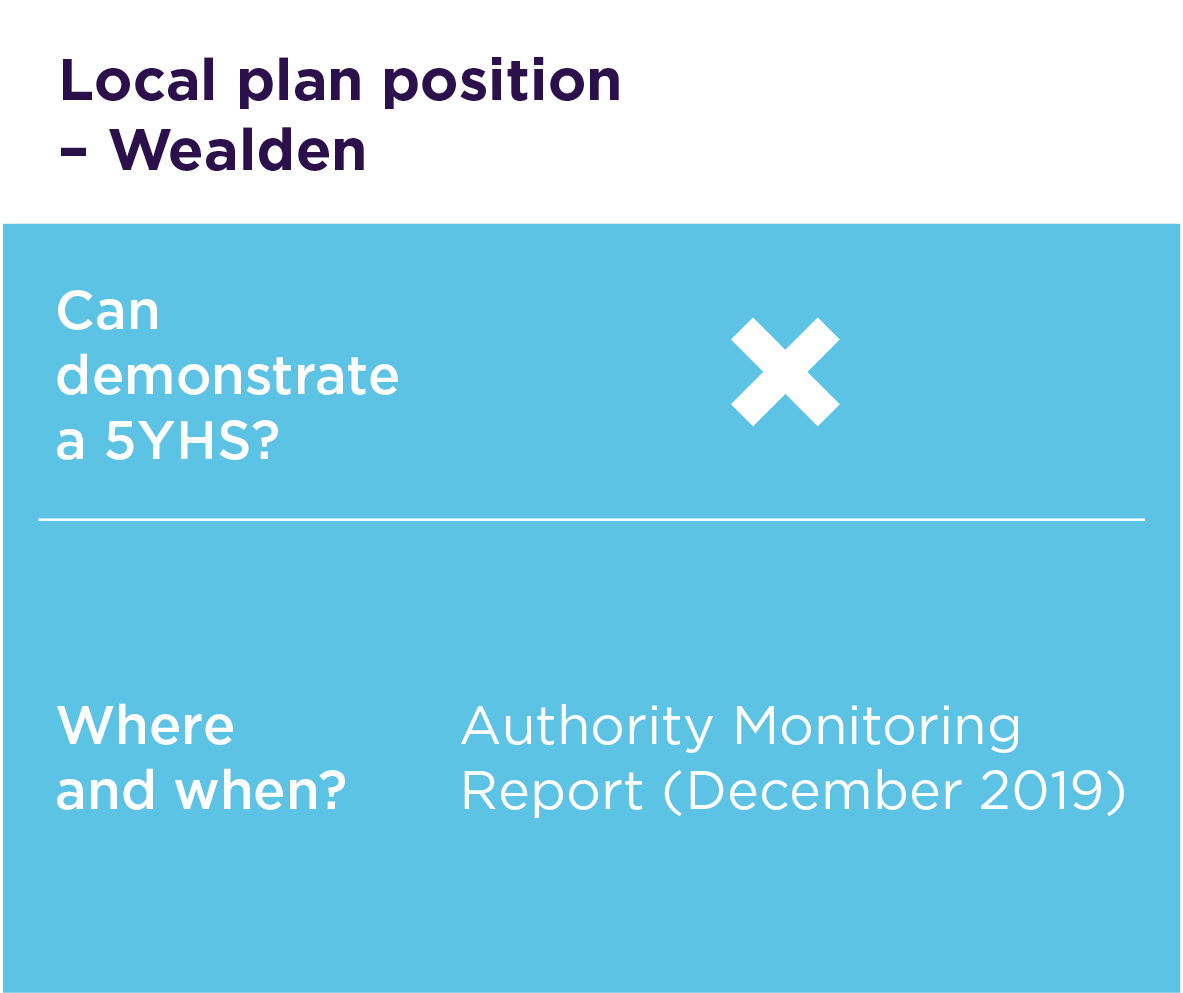
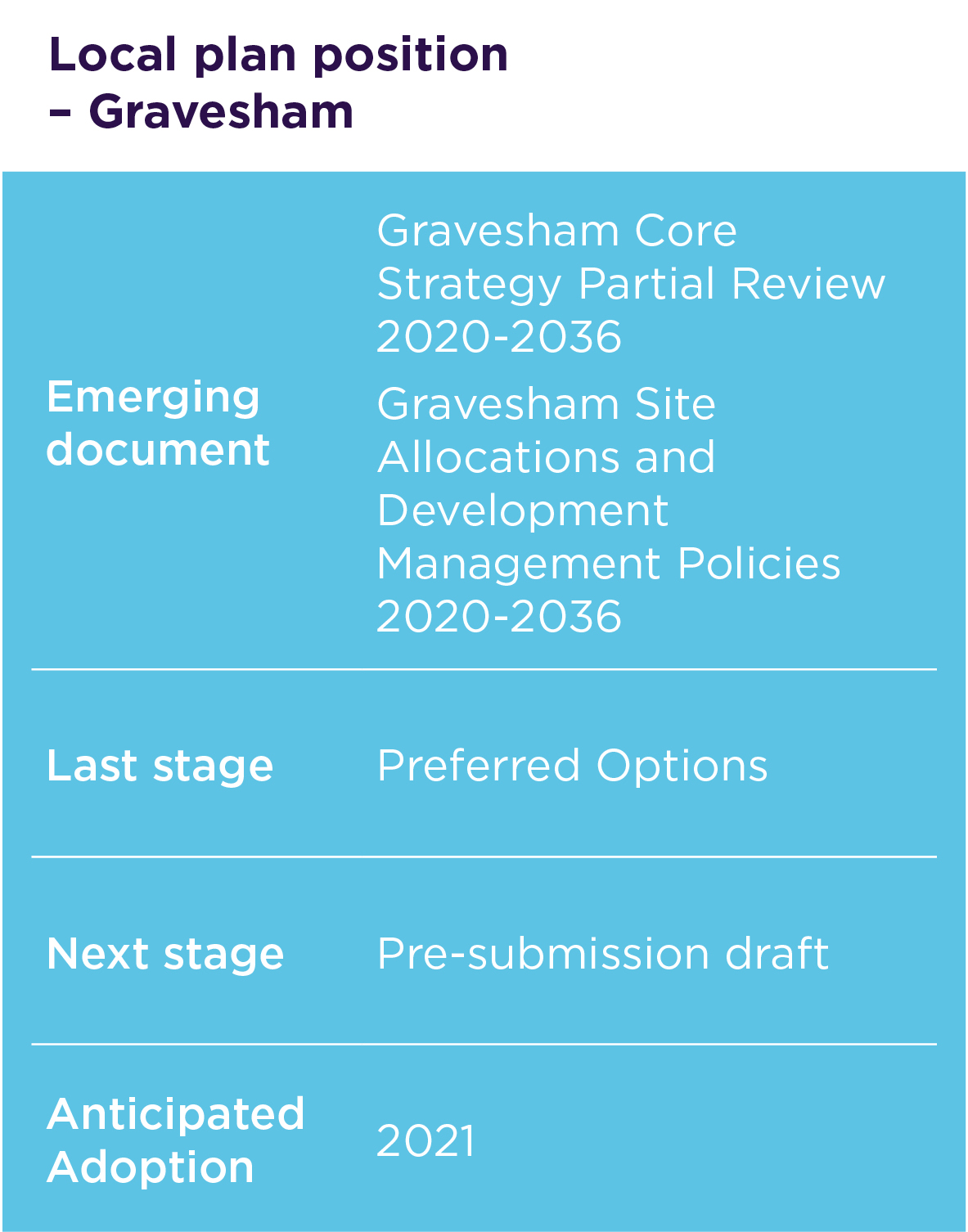
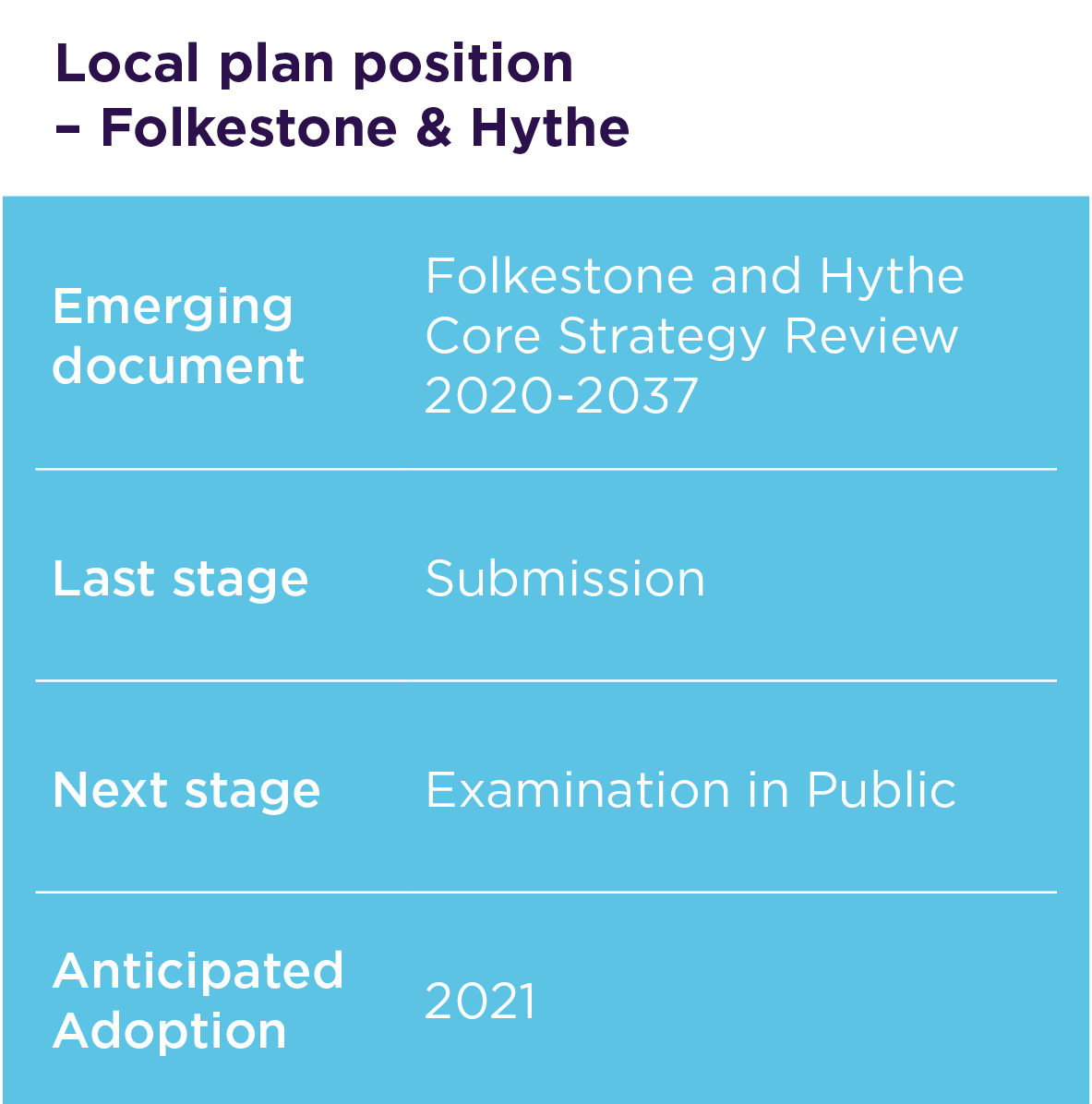
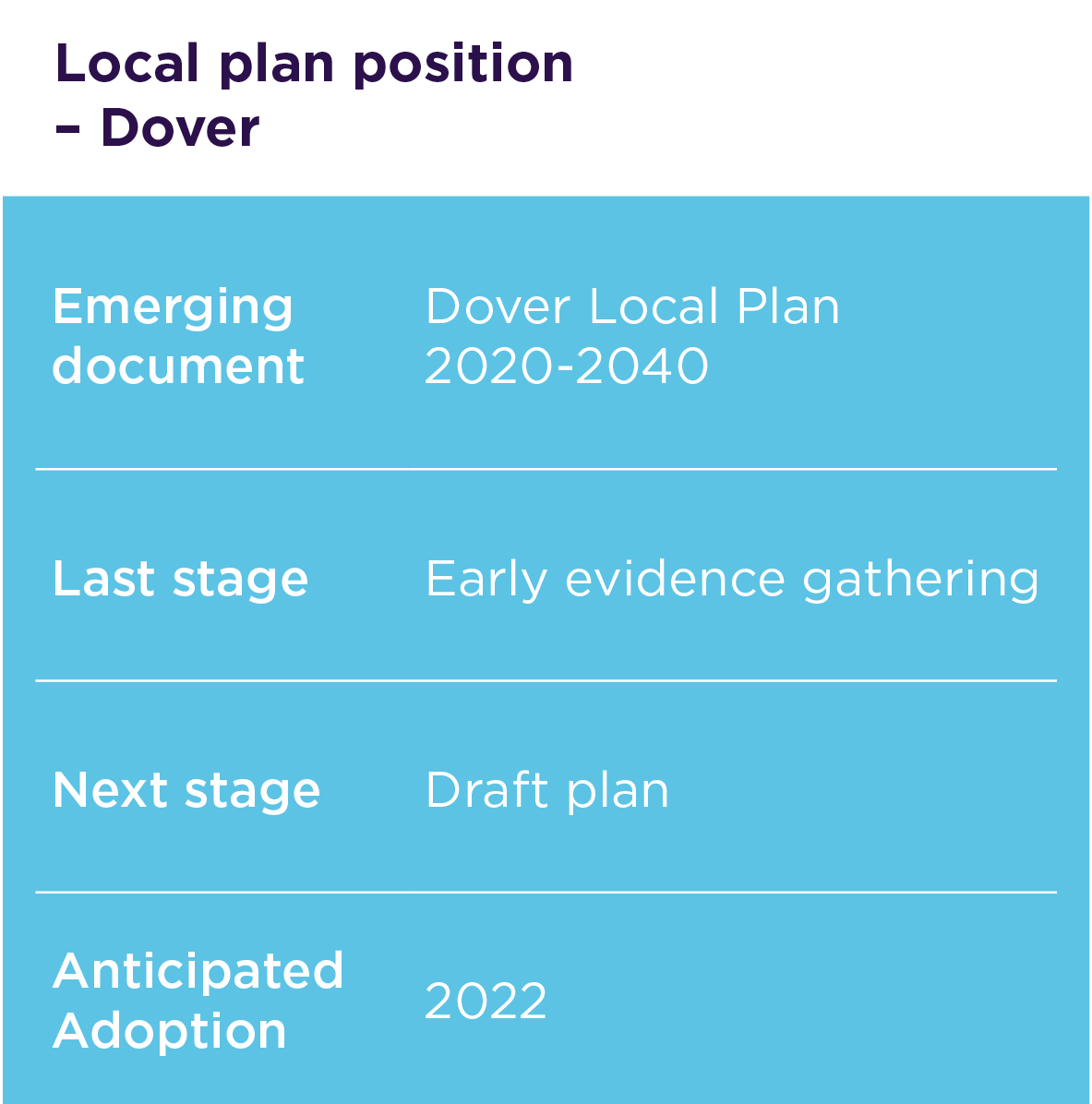
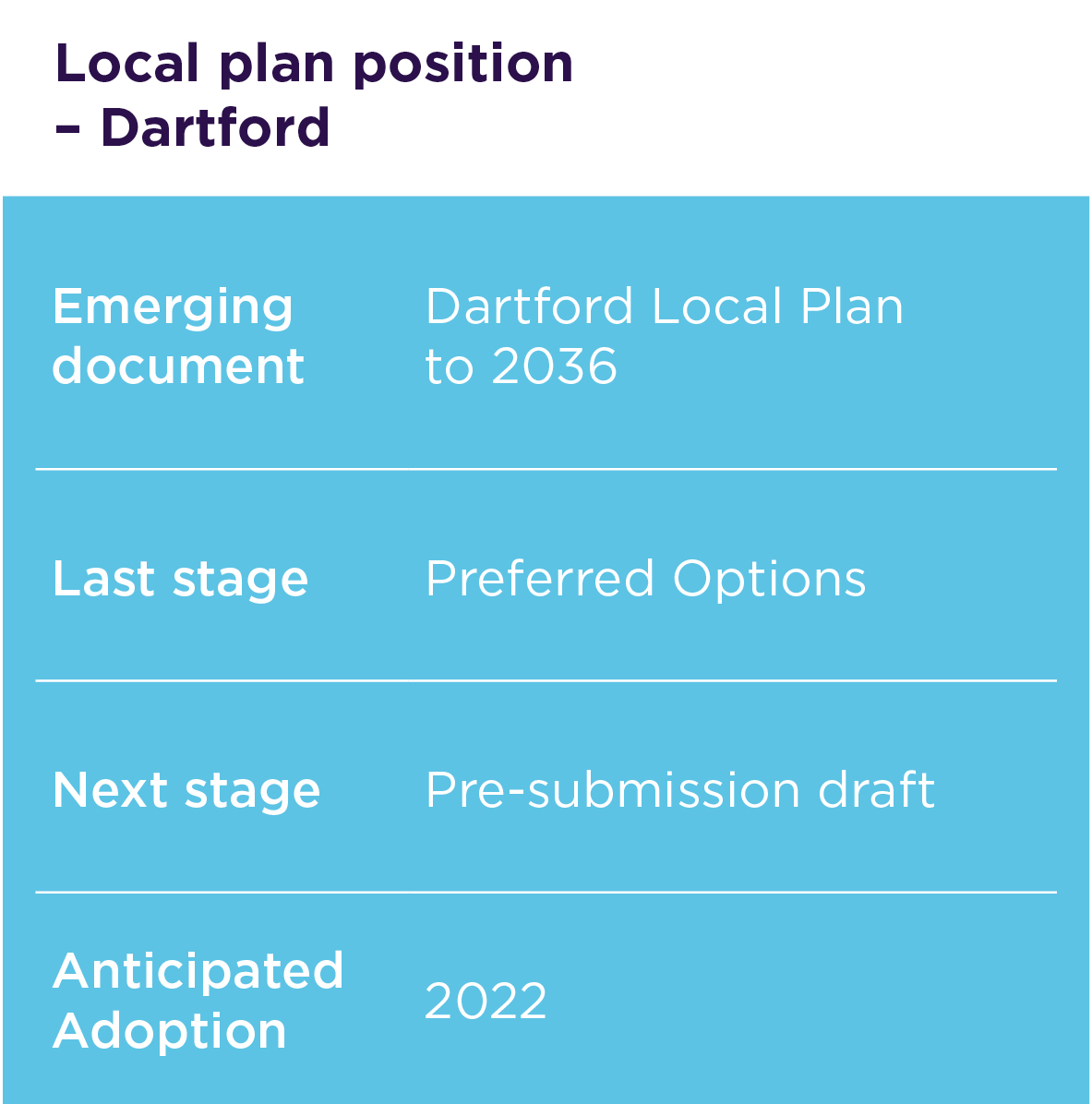
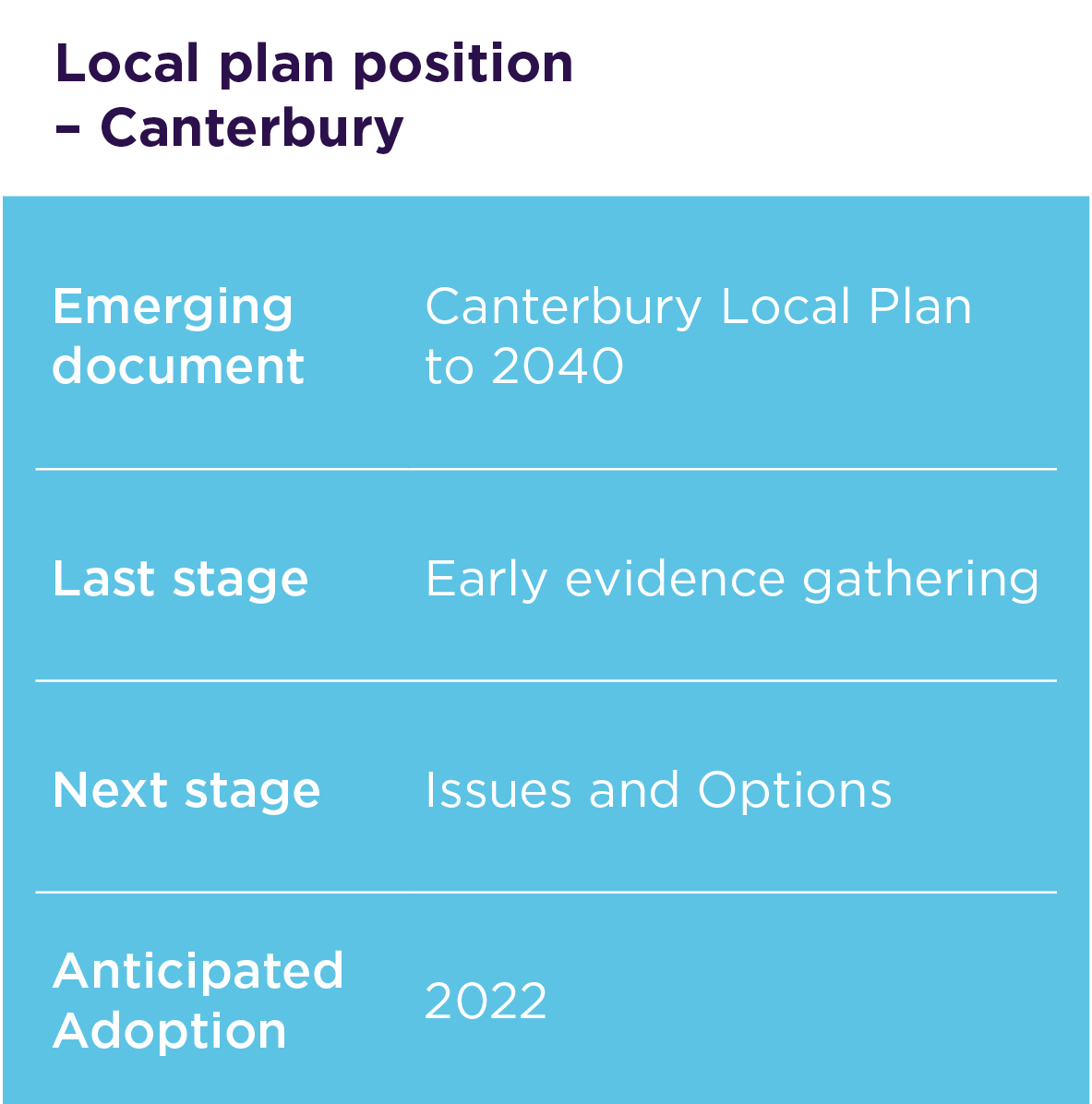

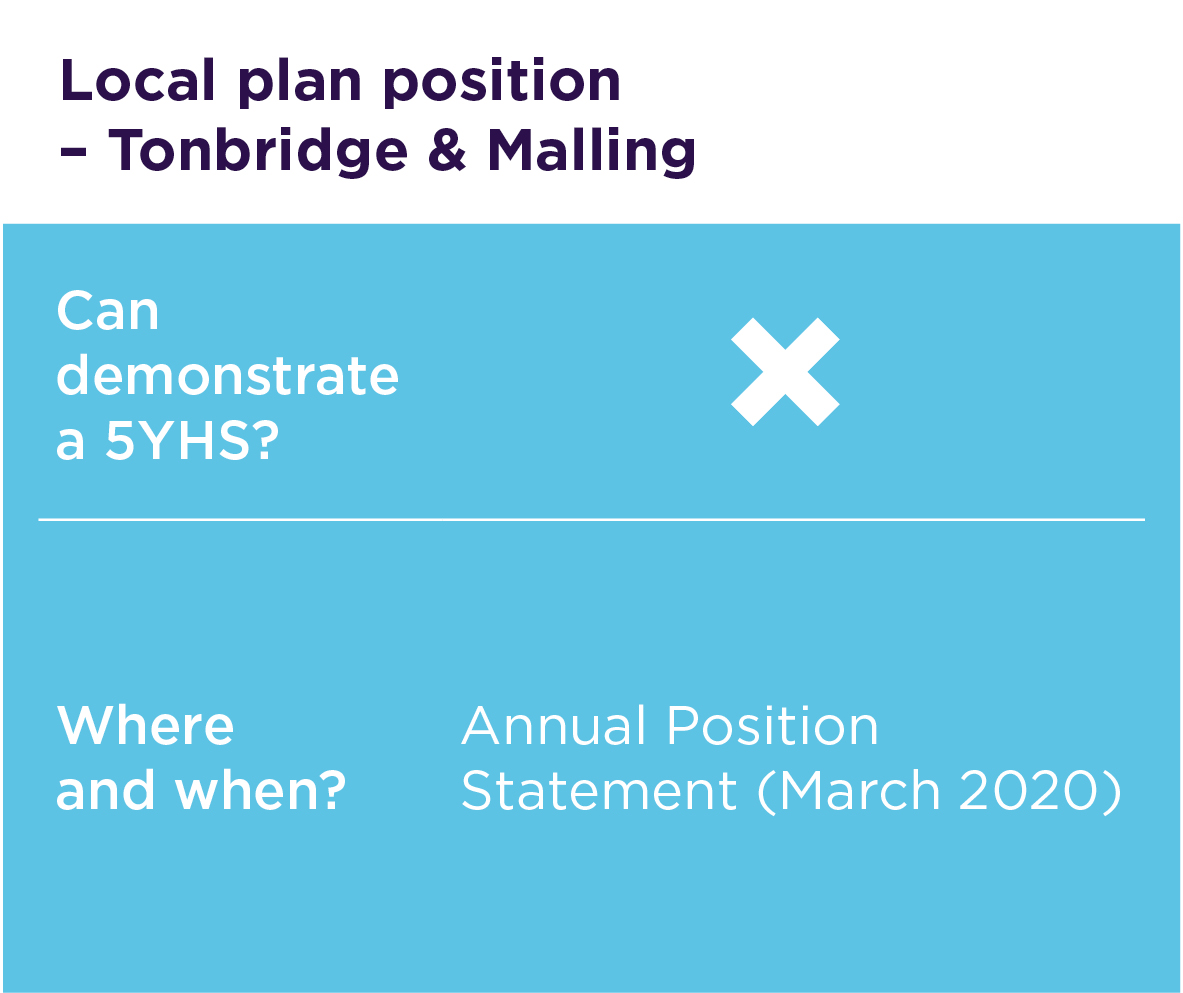
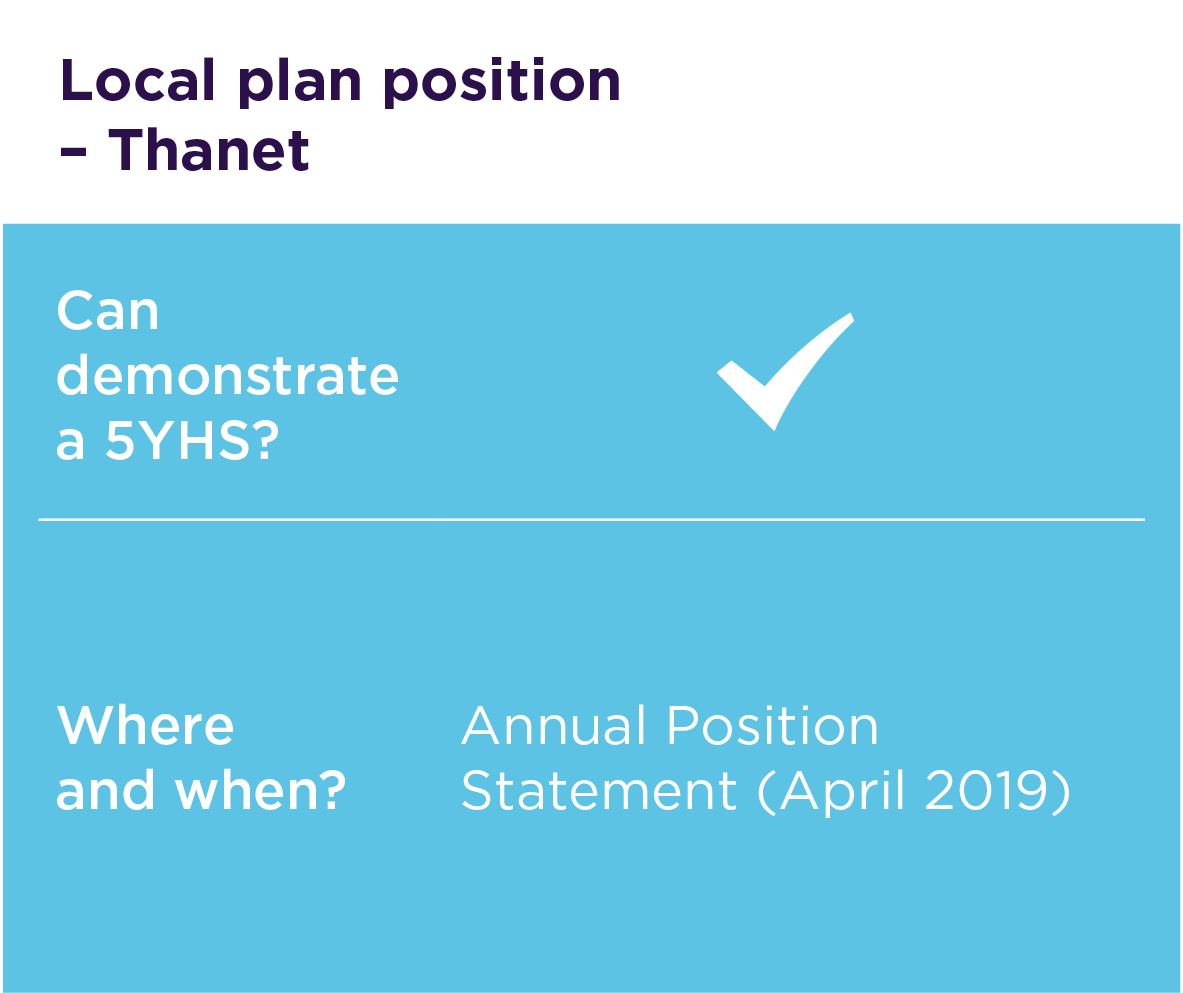
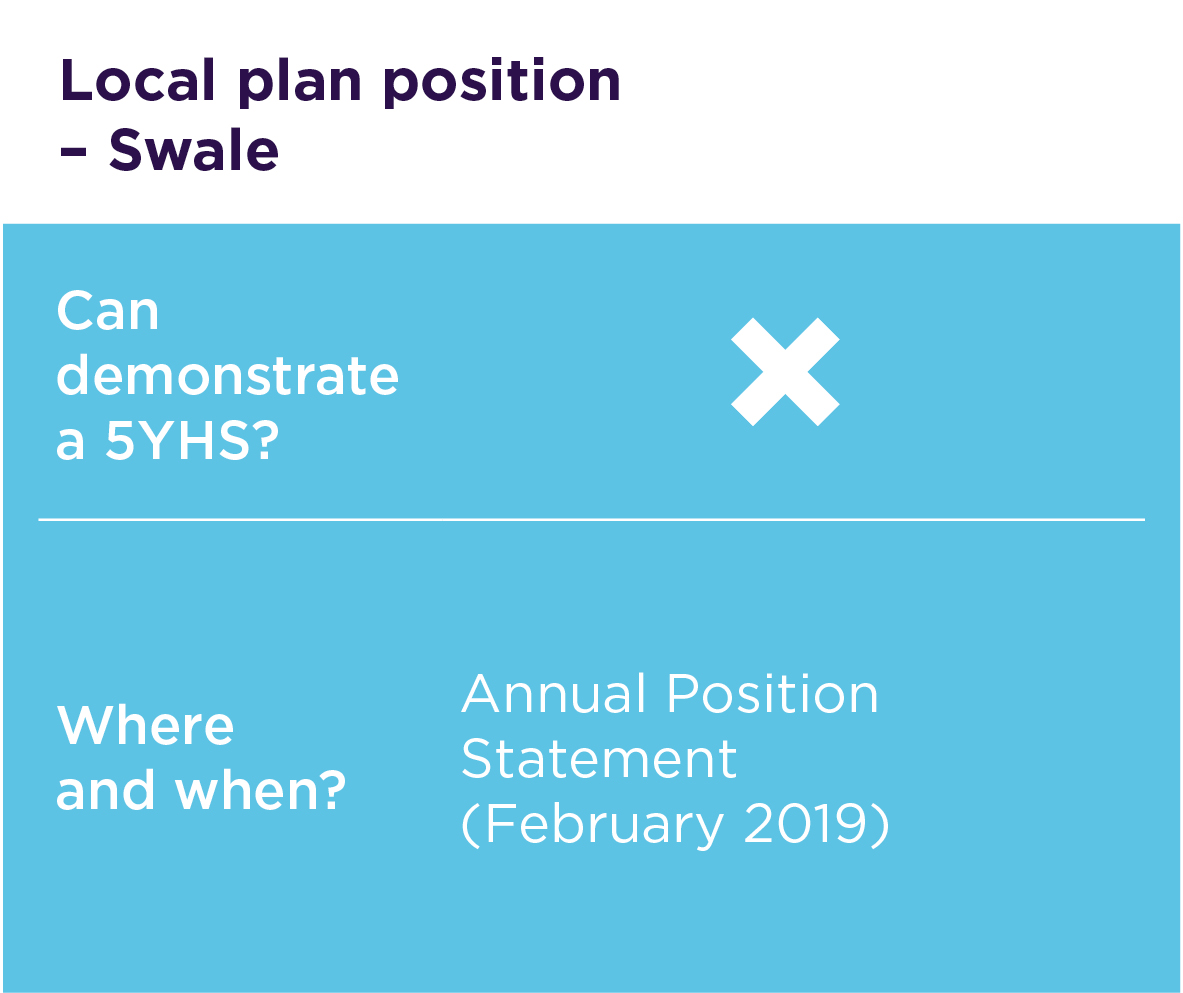
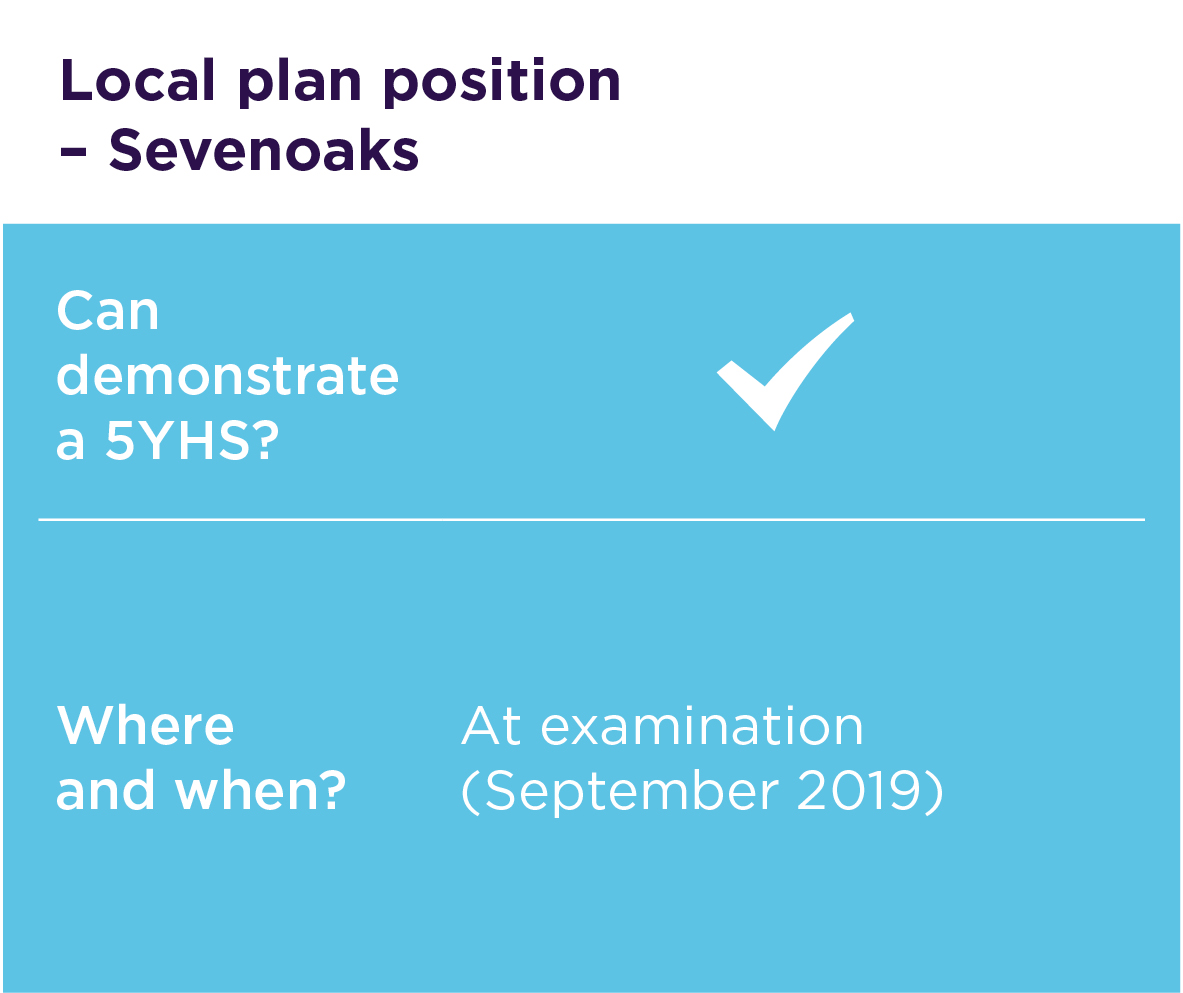

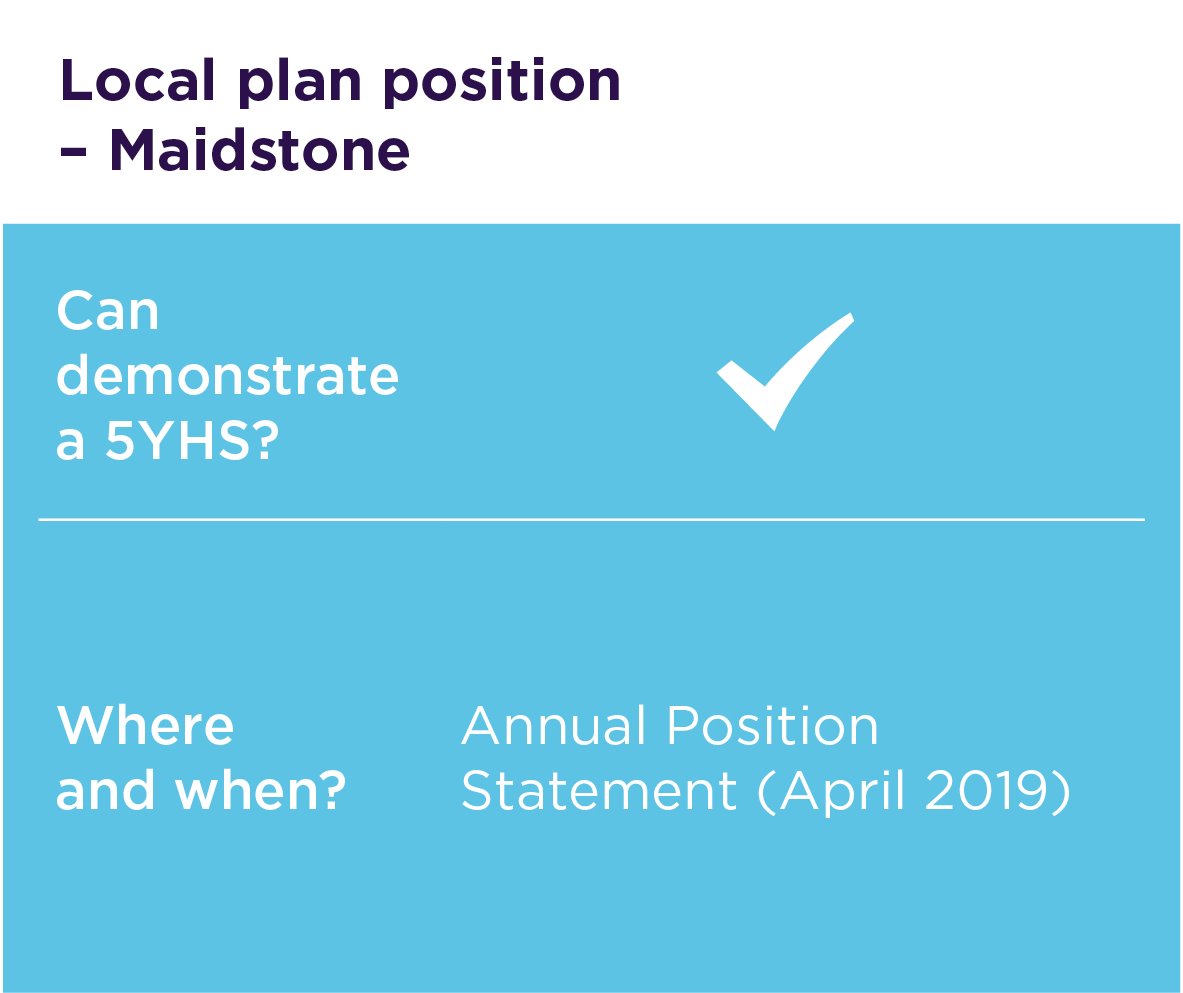
Planning Appendix



Following receipt of the inspector’s final report and the conclusion that a plan is viable, the council can then choose to adopt the plan to make it part of the local development framework (LDF).
Adoption
These stages involve the assessment of a submitted plan by appointed planning inspector(s). The plan is examined on various subjects through hearing sessions, sometimes resulting in further consultation and/or modifications to the plan. Once the inspector(s) is content with a plan, they will issue their final report on whether the plan is sound and legally compliant. The Inspector can also choose to reject the plan. This is a lengthy process and typically takes 8–24 months.
Examination in public (EiP)
This stage of the Local Plan represents the final collection of policies, fully supported by an evidence base, that the Council consider is legally and policy compliant. It is the final stage of public consultation prior to submission of a Plan for Examination.
Regulation 19
These stages of the Local Plan explore different policy options, including the production of, and public consultation on, supporting evidence documents. The most common stages are listed below, although all will not necessarily occur or in the listed order:
• Evidence gathering • Issues and options
• Preferred options • Draft policies
Regulation 18
This means that a Local Plan has been submitted to the Secretary of State for examination, which will commence within the next few months.
Submission
On Tuesday 2 June 2020, a judicial review into the Planning Inspectorate’s decision to reject the emerging Sevenoaks Local Plan was granted by the High Court, on the grounds it was not legally compliant in respect of the Duty to Co-operate. Hearings were held the following September. The challenge was dismissed in November. The Council are currently considering their options.
Judicial review
This stage means the Local Plan was found to be unsound at examination, leading the council to withdraw it at the inspector’s recommendation.
Withdrawn
This is an early stage of consultation but the council has indicated the likely spatial strategy will be taken forward in the final Local Plan. Under this stage, there is still opportunity to promote new sites and influence the Local Plan before it is submitted for examination.
Preferred Options
This is the final draft before the Local Plan is submitted to the Secretary of State for examination. There are unlikely to be any material amendments before the plan is submitted.
Pre-submission draft
This means the Local Plan is under examination. The inspector has requested further evidence to be produced by the council to support the Local Plan and is likely to undertake additional hearings to test this evidence.
Additional evidence gathering
This means the Local Plan has undergone its examination and the inspector has recommended main modifications to make the plan ‘sound’. These will need to be consulted on before the inspector issues their final report after which the council can adopt the Local Plan.
Main Modifications
This is the initial consultation on high level spatial strategy options. There remains ample opportunity to promote sites for potential inclusion in the emerging Local Plan going forward.
Issues and Options
C
DA
DO
G
MA
ME
SE
SW
F&H
T
T&M
B
E
H
L
R
W
Planning Appendix



On Tuesday 2 June 2020, a judicial review into the Planning Inspectorate’s decision to reject the emerging Sevenoaks Local Plan was granted by the High Court, on the grounds it was not legally compliant in respect of the Duty to Co-operate. Hearings were held the following September. The challenge was dismissed in November. The Council are currently considering their options.
Judicial review
This stage means the Local Plan was found to be unsound at examination, leading the council to withdraw it at the inspector’s recommendation.
Withdrawn
This is an early stage of consultation but the council has indicated the likely spatial strategy will be taken forward in the final Local Plan. Under this stage, there is still opportunity to promote new sites and influence the Local Plan before it is submitted for examination.
Preferred Options
This is the final draft before the Local Plan is submitted to the Secretary of State for examination. There are unlikely to be any material amendments before the plan is submitted.
Pre-submission draft
This means the Local Plan is under examination. The inspector has requested further evidence to be produced by the council to support the Local Plan and is likely to undertake additional hearings to test this evidence.
Additional evidence gathering
This means the Local Plan has undergone its examination and the inspector has recommended main modifications to make the plan ‘sound’. These will need to be consulted on before the inspector issues their final report after which the council can adopt the Local Plan.
Main Modifications
This is the initial consultation on high level spatial strategy options. There remains ample opportunity to promote sites for potential inclusion in the emerging Local Plan going forward.
Issues and Options
This means that a Local Plan has been submitted to the Secretary of State for examination, which will commence within the next few months.
Submission
Following receipt of the inspector’s final report and the conclusion that a plan is viable, the council can then choose to adopt the plan to make it part of the local development framework (LDF).
Adoption
These stages involve the assessment of a submitted plan by appointed planning inspector(s). The plan is examined on various subjects through hearing sessions, sometimes resulting in further consultation and/or modifications to the plan. Once the inspector(s) is content with a plan, they will issue their final report on whether the plan is sound and legally compliant. The Inspector can also choose to reject the plan. This is a lengthy process and typically takes 8–24 months.
Examination in public (EiP)
This stage of the Local Plan represents the final collection of policies, fully supported by an evidence base, that the Council consider is legally and policy compliant. It is the final stage of public consultation prior to submission of a Plan for Examination.
Regulation 19
These stages of the Local Plan explore different policy options, including the production of, and public consultation on, supporting evidence documents. The most common stages are listed below, although all will not necessarily occur or in the listed order:
• Evidence gathering • Issues and options
• Preferred options • Draft policies
Regulation 18




































Wealden
W
5-year housing supply >
Local Plan position >
13 local authorities within Kent
This map illustrates local authorities individual Local Plan positions and their 5-year housing supply
Maidstone
MA
5-year housing supply >
Local Plan position >





















The third instalment of the Government’s Housing Delivery Test was due to be published in November 2020 but has been delayed due to COVID-19. The impact of the pandemic on housing delivery will play a significant factor in the next HDT, with lockdown measures introduced only at the very end of the relevant reporting period (April 2019-March 2020). Due to the transitional arrangements currently in place for the HDT, the November 2020 results will be the first year where the threshold for the presumption in favour of sustainable development will be increased to 75%.
The below table compares the results of the 2019 and 2020 instalments of the HDT. The pressure to deliver housing targets as a result of the altered thresholds is clear to see, with seven (as opposed to two in 2019) subject to a presumption in favour of sustainable development.

Thurrock Borough Council and Gravesham Borough Council – where the crossing surfaces - remain opponents of the crossing

A statutory consultation took place in summer 2020 setting out the details of an evolved masterplan, transport strategy, approach to sustainability and mitigation measures. The DCO application has been submitted to the Planning Inspectorate

Following a legal challenge by local stakeholders, the High Court granted a judicial review into the decision in October 2020. Hearings are scheduled to take place in February 2021.
This is similar to ‘Preferred Options’ stage. It means the council has detailed the sites it is likely to include in its final draft Local Plan. However, there is still opportunity to promote new sites and influence the Local Plan before it is submitted for examination.
Potential sites
This is an early stage of plan-preparation. It is supported by high-level engagement opportunities, including ‘call for sites’. There remains ample opportunity to promote sites for potential inclusion in the emerging Local Plan going forward.
Early evidence gathering
This is a moderately advanced stage of consultation, like Preferred Options. The council have indicated their likely spatial strategy, and this will be supported by draft allocations and the wording of potential planning policies. Under this stage, there is still opportunity to influence the Local Plan before it is submitted for examination.
Draft plan
This is similar to ‘Preferred Options’ stage. It means the council has detailed the sites it is likely to include in its final draft Local Plan. However, there is still opportunity to promote new sites and influence the Local Plan before it is submitted for examination.
Potential sites
This is an early stage of plan-preparation. It is supported by high-level engagement opportunities, including ‘call for sites’. There remains ample opportunity to promote sites for potential inclusion in the emerging Local Plan going forward.
Early evidence gathering
This is a moderately advanced stage of consultation, like Preferred Options. The council have indicated their likely spatial strategy, and this will be supported by draft allocations and the wording of potential planning policies. Under this stage, there is still opportunity to influence the Local Plan before it is submitted for examination.
Draft plan

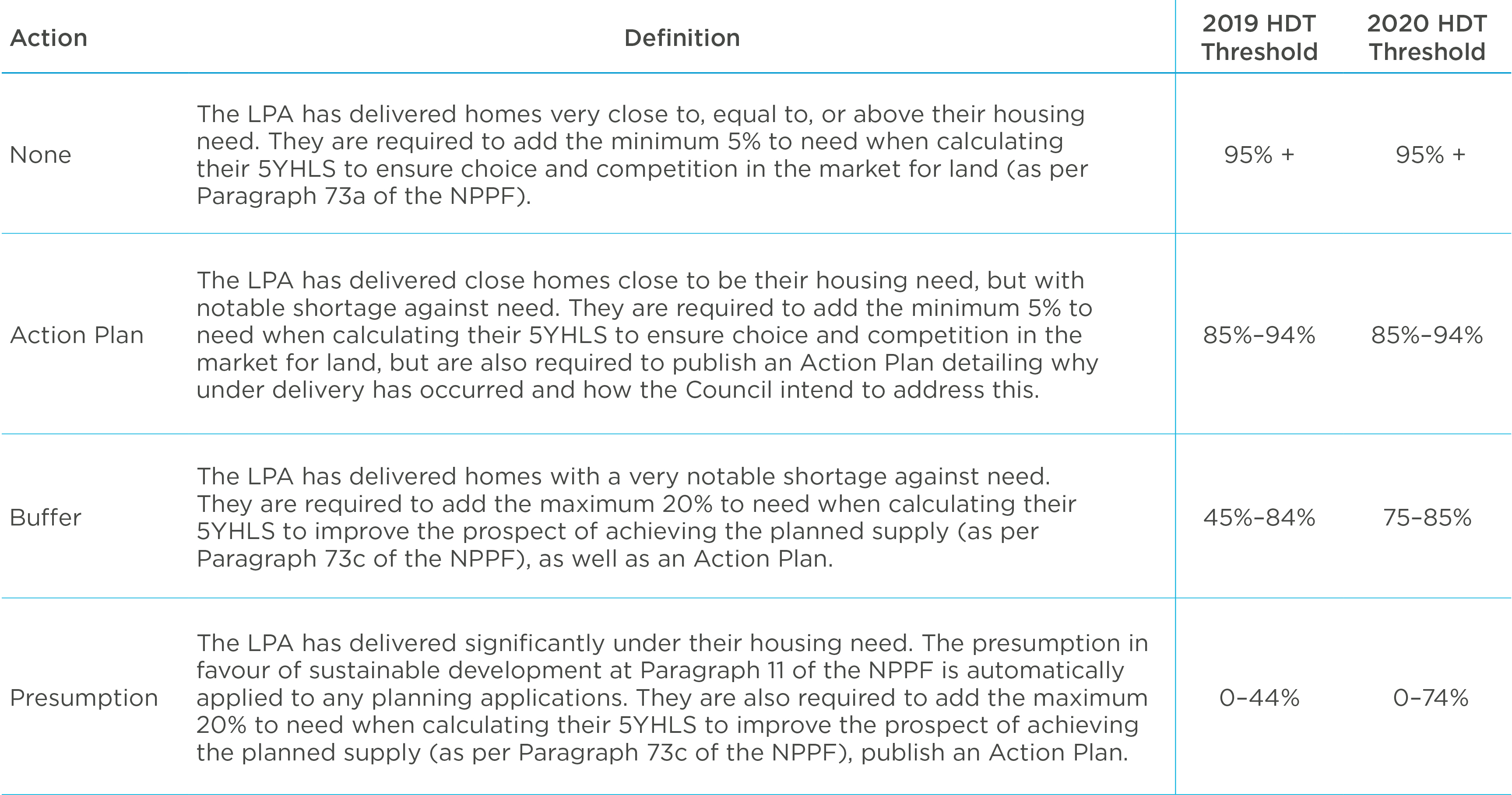
Housing Delivery Test glossary

TW
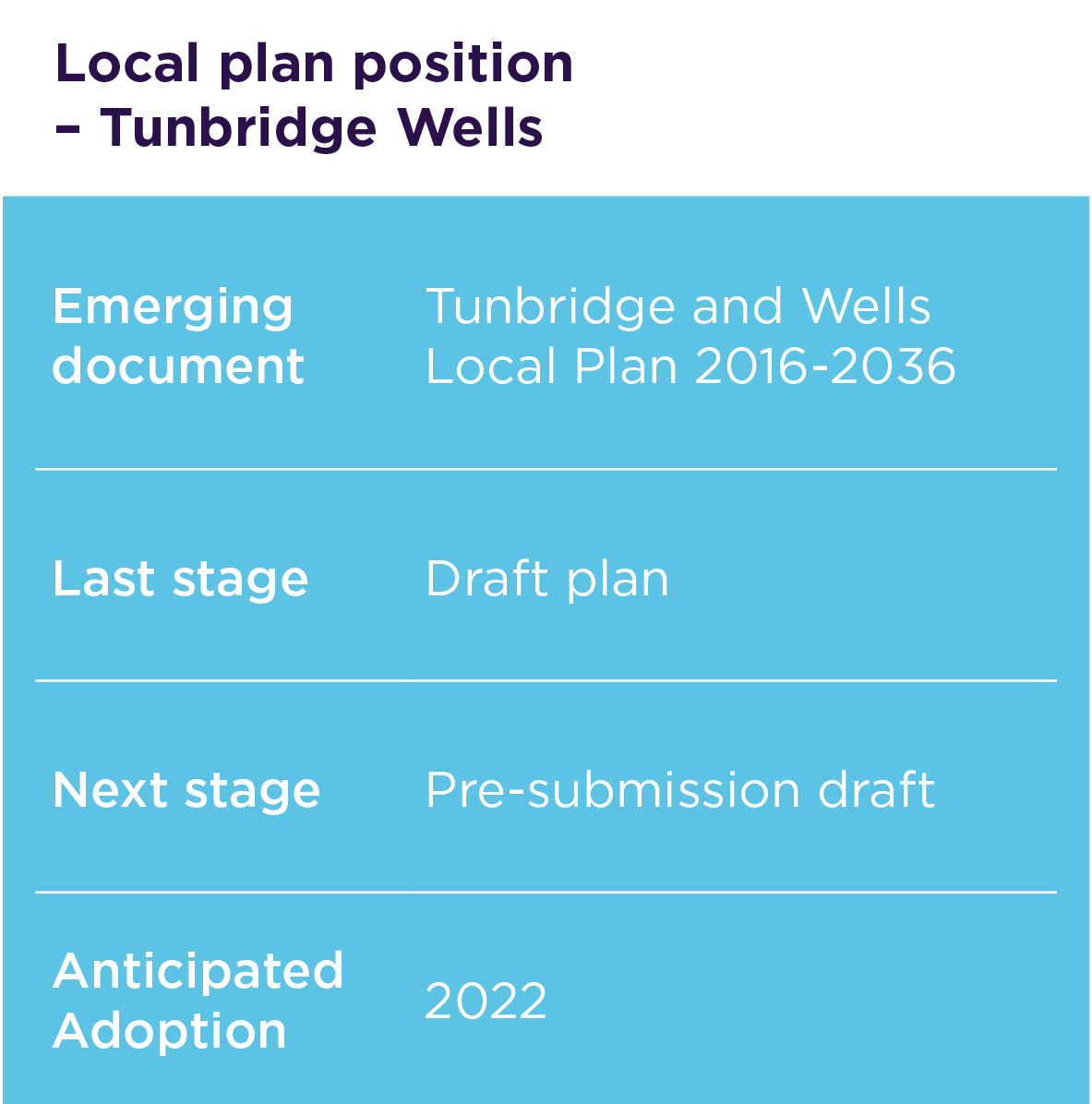

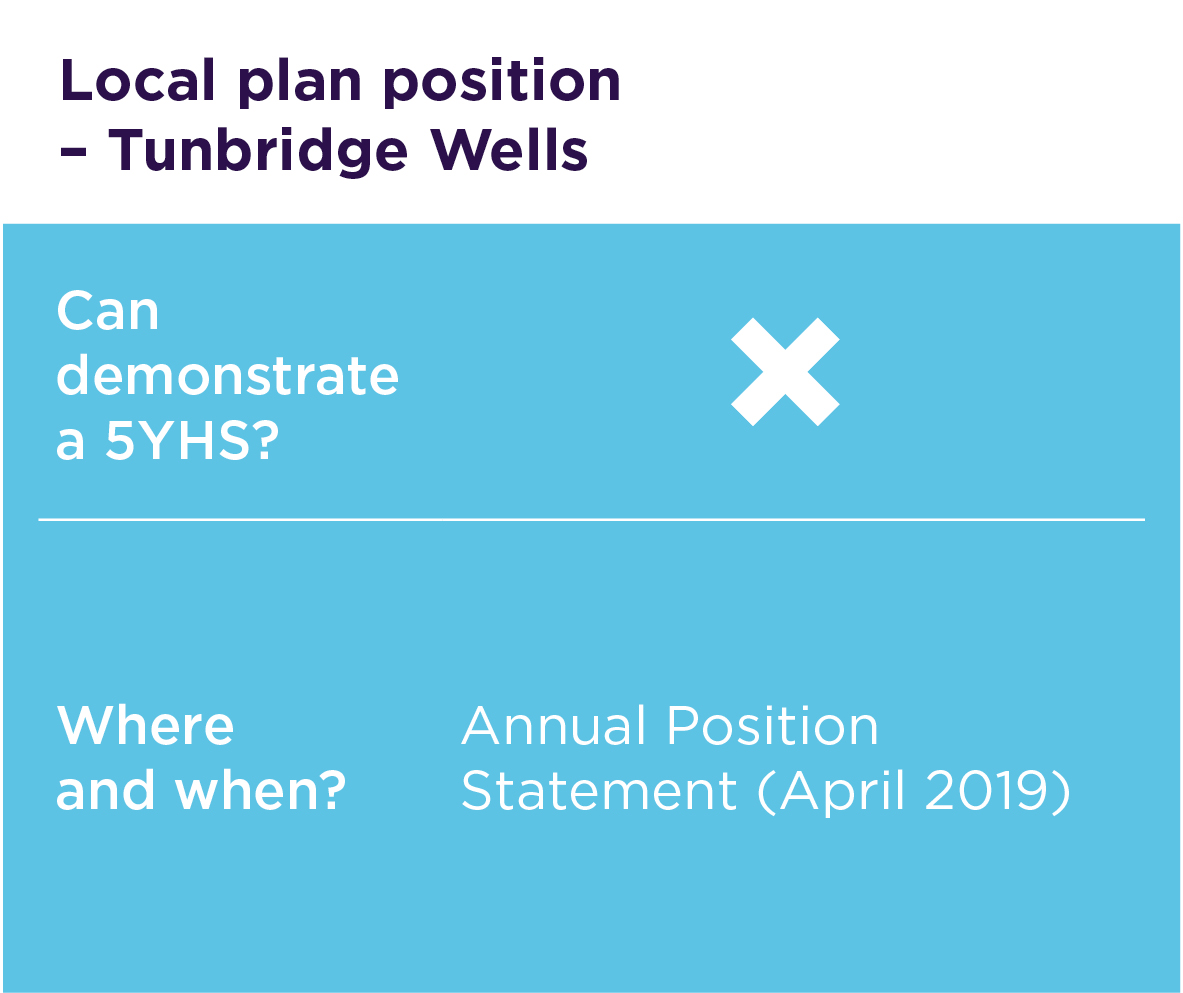

Development drivers
East Sussex – Housing delivery requirements vs delivery
Kent – Housing delivery requirements vs delivery
Housing Delivery Test
Lower Thames Crossing
The London Resort
Crossrail Extension
Manston Airport
Critical calendar dates
Life after Brexit
HOME COUNTIES
HOUSING & LOCAL
PLAN UPDATE

Brighton
Local Plan position >

10 minute read

november 2020

HOME COUNTIES
HOUSING & LOCAL
PLAN UPDATE
East Sussex and Kent
Carter Jonas continually monitors the planning and development landscape across local authorities to locate and manage opportunities. This quarterly news bulletin provides insight and analysis of the current development climate for clusters of local authorities within the home counties. This quarter we look at Hertfordshire and Essex.
CONTACT US
Housing
delivery
test DATA
LIFE AFTER BREXIT
Carter Jonas continually monitors the planning and development landscape across local authorities to locate and manage opportunities. This quarterly news bulletin provides insight and analysis of the current development climate for clusters of local authorities within the home counties. This quarter we look at Hertfordshire and Essex.
This map illustrates local authorities individual Local Plan positions and their 5-year housing supply
10 local authorities within
East Sussex
Broxbourne
B
5-year housing supply:
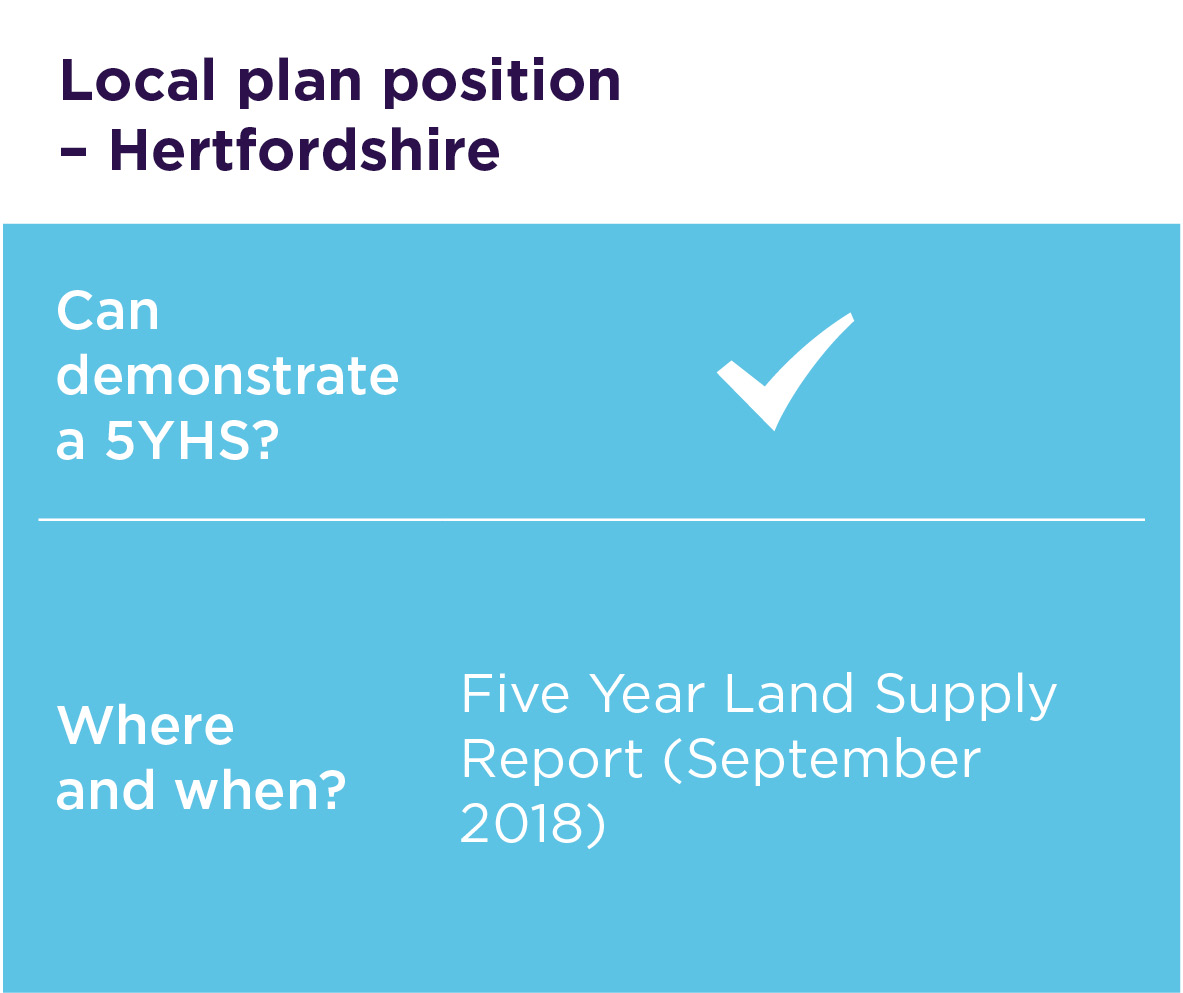
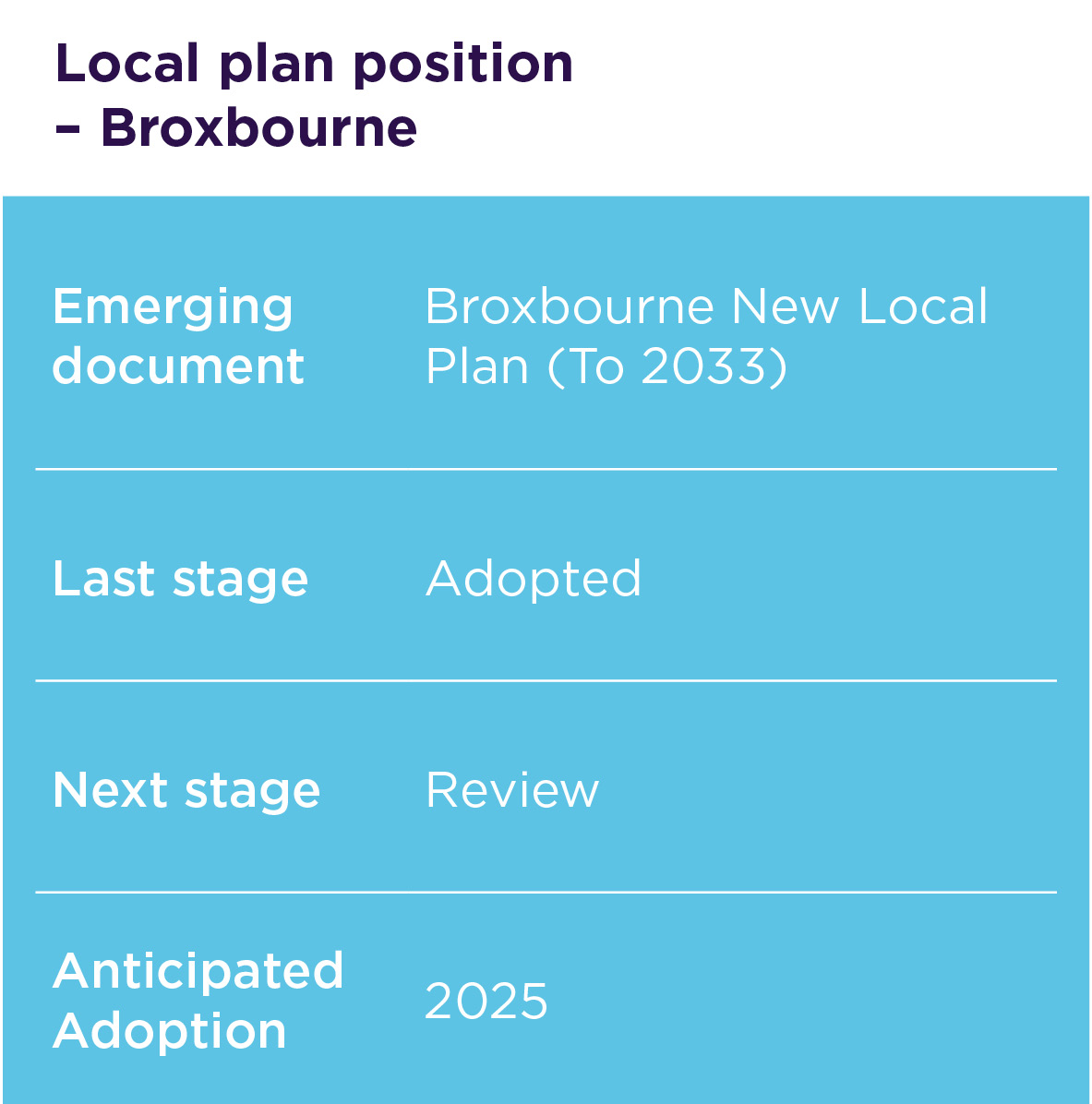
Local Plan position:
Brighton
B
5-year housing supply:


Local Plan position:
Eastbourne
B
5-year housing supply:


Local Plan position:
Eastbourne
B
5-year housing supply:


Local Plan position:
Eastbourne
B
5-year housing supply:


Local Plan position:
Eastbourne
B
5-year housing supply:


Local Plan position:
Brighton
B
5-year housing supply:


Local Plan position:
Brighton
B
5-year housing supply:


Local Plan position:
Brighton
B
5-year housing supply:


Local Plan position:
Brighton
B
5-year housing supply:


Local Plan position:
Brighton
B
5-year housing supply:


Local Plan position:
Brighton
B
5-year housing supply:


Local Plan position:
Brighton
B
5-year housing supply:


Local Plan position:
Brighton
B
5-year housing supply:


Local Plan position:
Brighton
B
5-year housing supply:


Local Plan position:
Brighton
B
5-year housing supply:


Local Plan position:
Brighton
B
5-year housing supply:


Local Plan position:
Brighton
B
5-year housing supply:


Local Plan position:
Brighton
B
5-year housing supply:


Local Plan position:
This map illustrates local authorities individual Local Plan positions and their 5-year housing supply
10 local authorities within Kent
Housing Delivery Test
East Sussex – Housing delivery
requirements vs delivery
Kent – Housing delivery
requirements vs delivery

EMAIL DAVID
07866 794560
Partner, Planning
David Churchill

EMAIL FRANCIS
07787 282092
Partner, Strategic Land
Francis Truss

EMAIL NICK
07584 681596
London
Nick Taylor

EMAIL EMMA
07973 505576
North
Emma Winter

EMAIL STEVEN
07970 796762
South and South West
Steven Sensecall

EMAIL COLIN
07771 924426
East
Colin Brown
Contact the key contributors to this research:

EMAIL ROBERT
07771 898954
National Strategic Land
Robert Smith

EMAIL JOHNNY
07557 428136
National Masterplanning
Johnny Clayton
Our national service specialists:
Our regional planning experts work out of five hubs, providing a truly national service for their clients:
SIGN UP TO RECEIVE OUR PLANNING & DEVELOPMENT RESEARCH AND ARTICLES

Update: The third instalment of the HDT was published on the 19 January 2021. Accordingly, the figures set out below have been updated.
The below table compares the results of the 2019 and 2020 instalments of the HDT. The pressure to deliver housing targets as a result of the altered thresholds is clear to see, with seven (as opposed to two in 2019) subject to a presumption in favour of sustainable development.